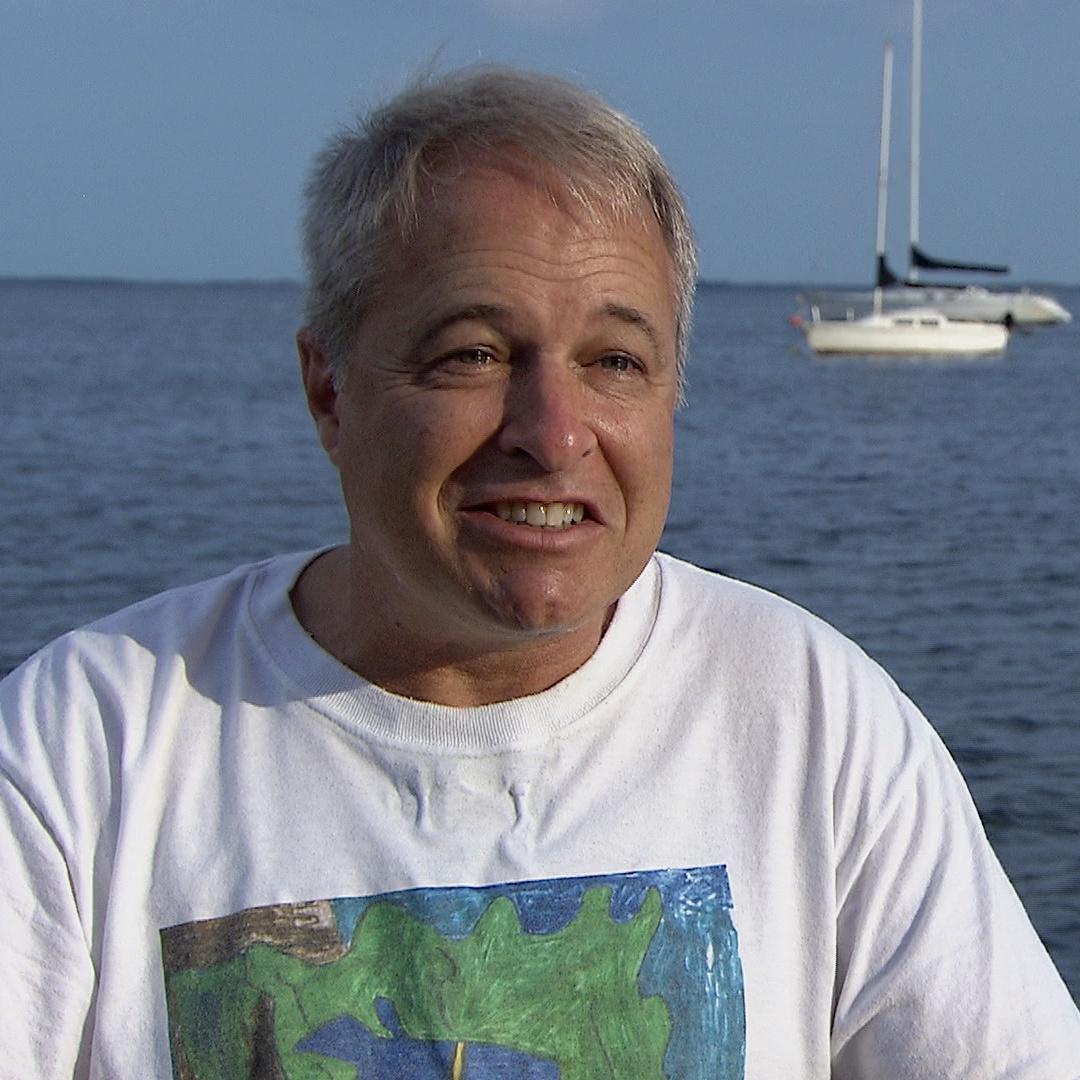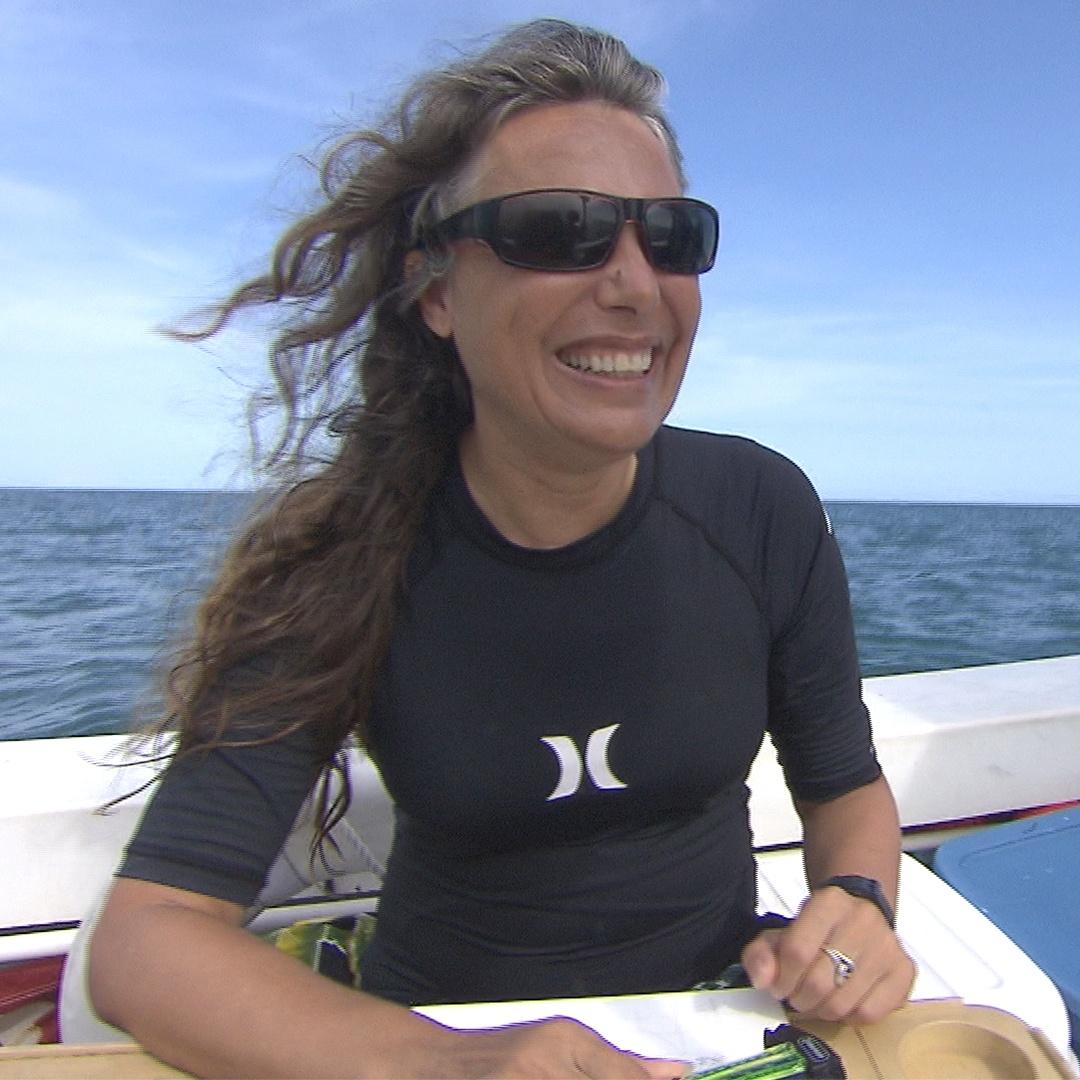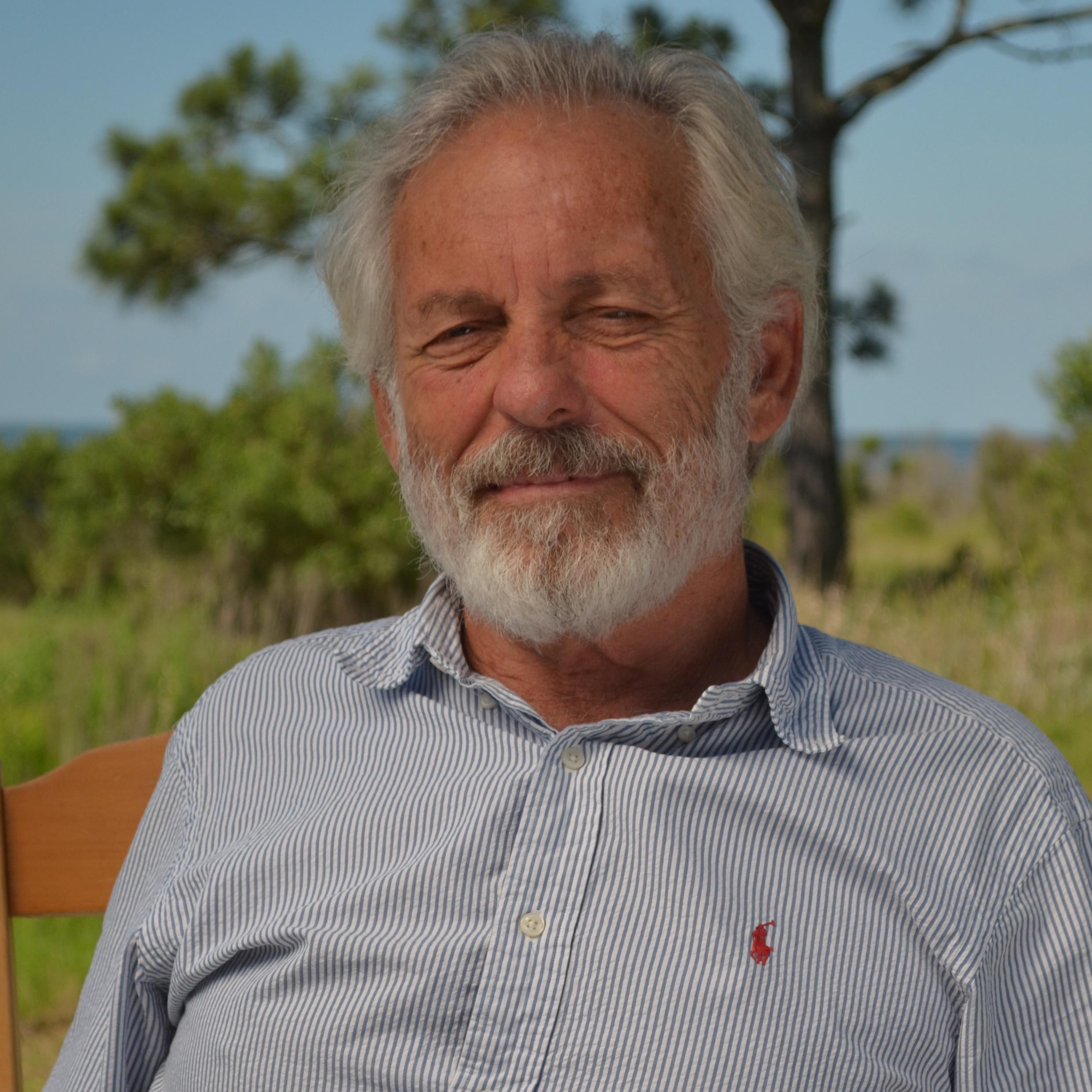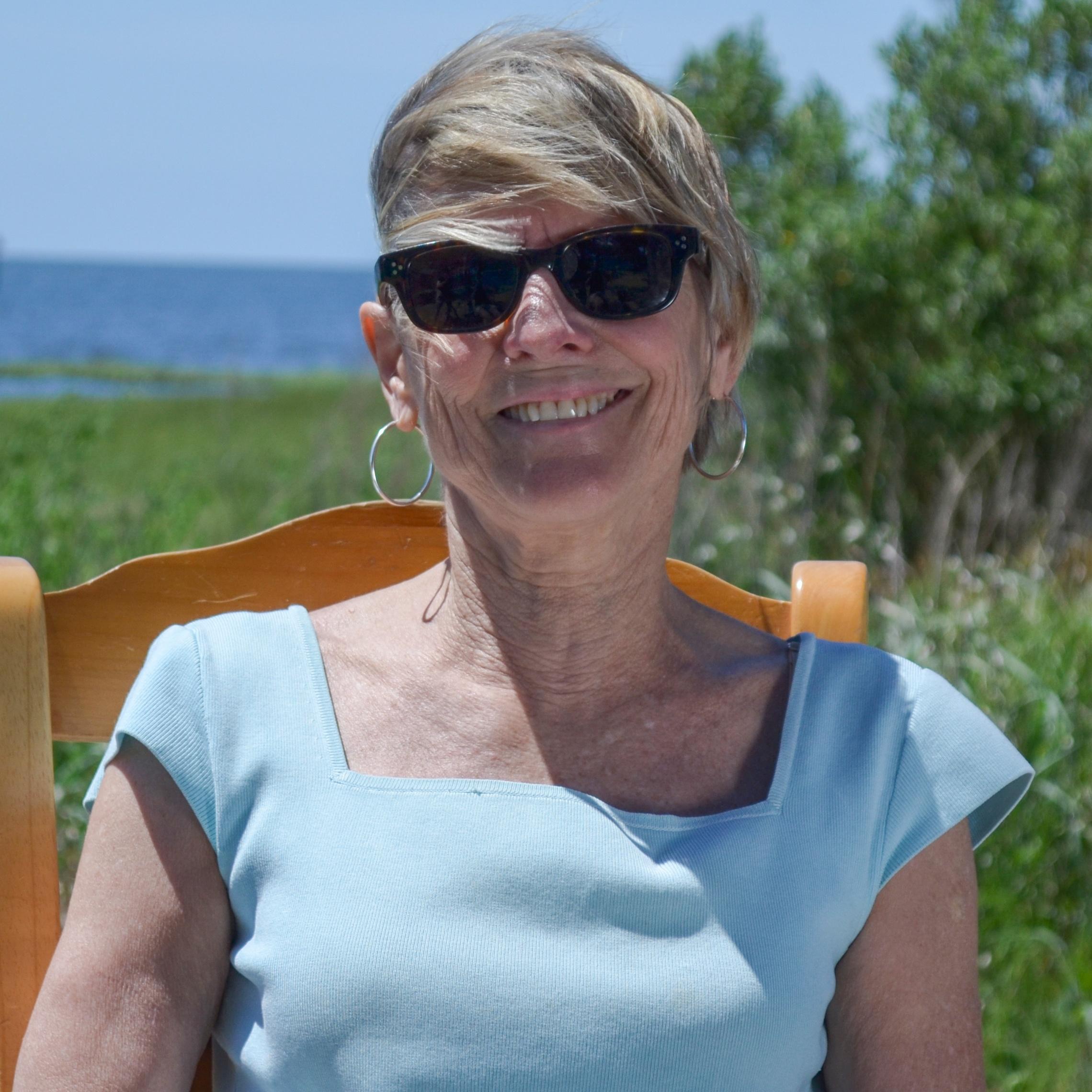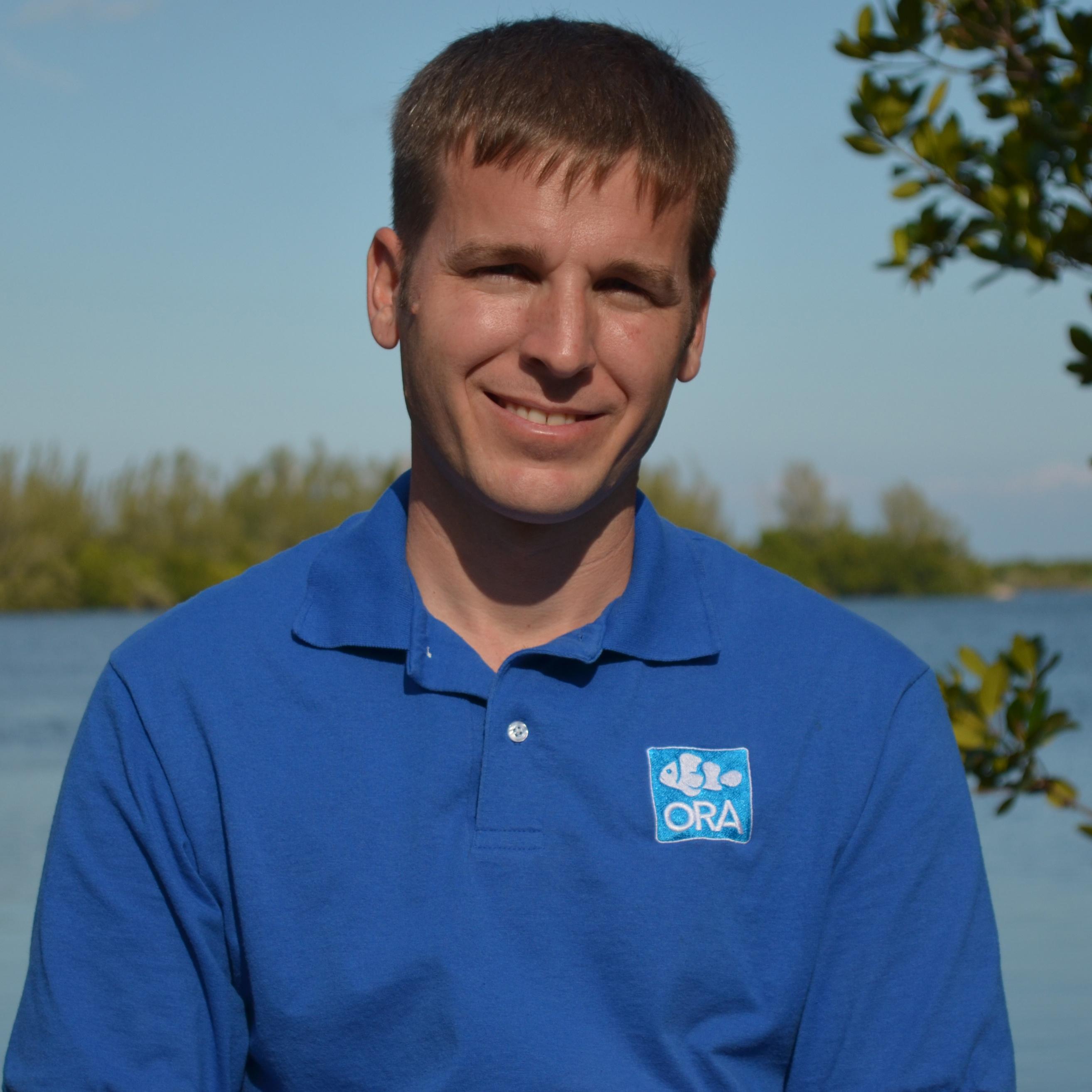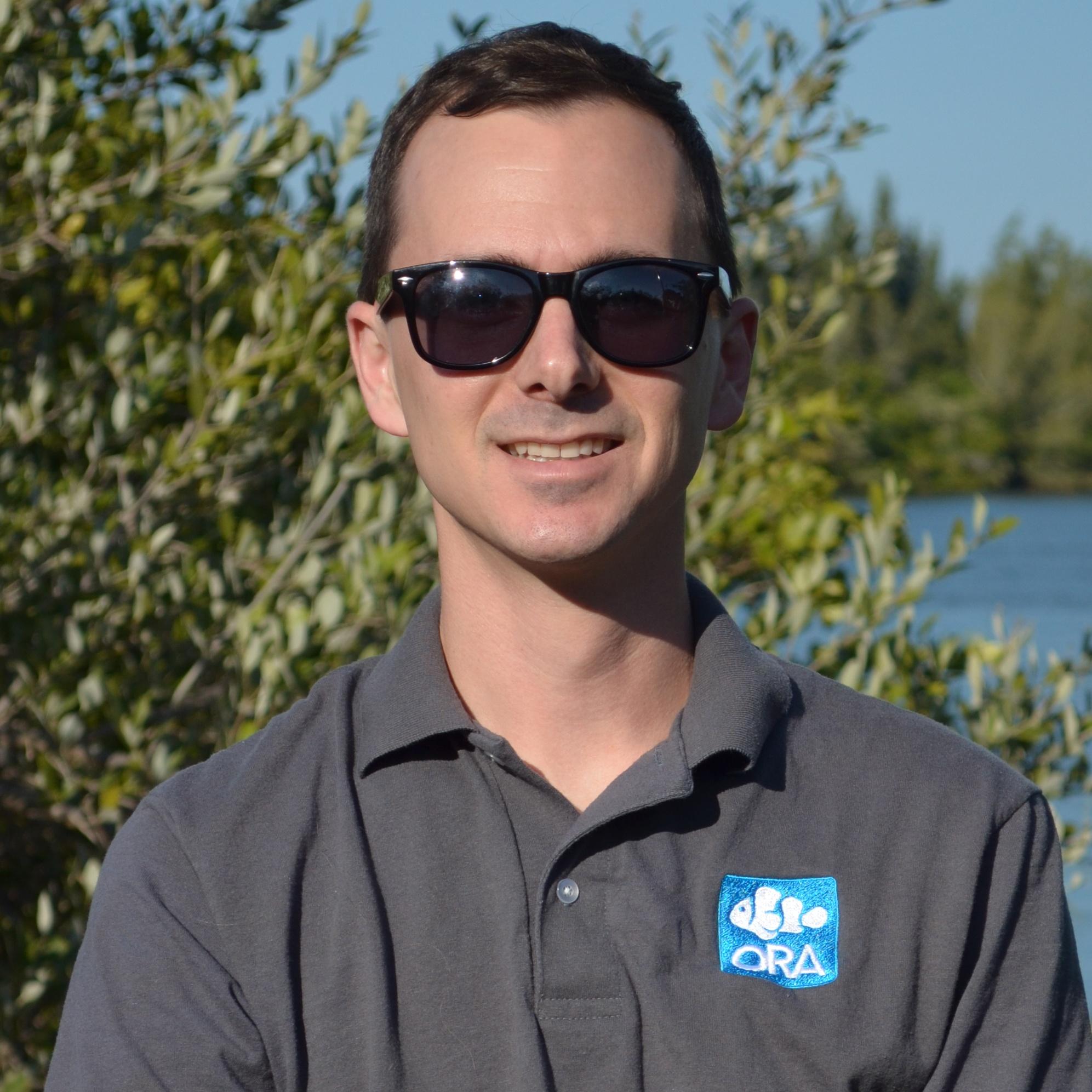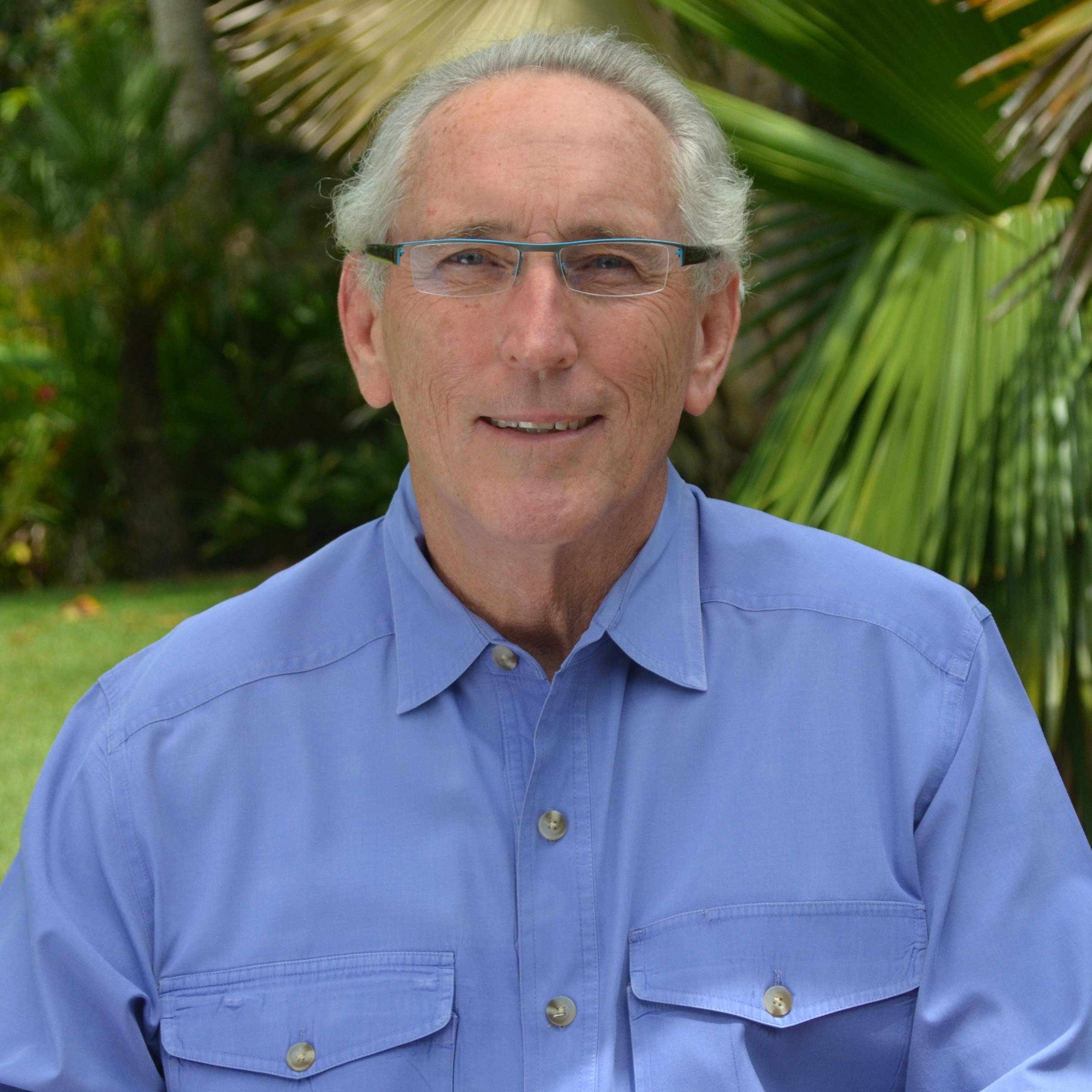Episode 704: The Secret Sex Life of Fish
Fish are the most diverse group of vertebrates on the planet, ranging from the gigantic whale shark to the tinniest minnow. Because of their diversity, fish have evolved very varied reproductive strategies that aren’t widely known by the general public. Few people realize that some of these animals are capable of changing sex. Some fish species start their lives as females and later turn into males, others start as males and become females, while yet another group is comprised of simultaneous hermaphrodites, meaning they can spawn as both males and females. Discover the unique ways of how some fish species do this and why they likely evolved this way.
Experts
Meet the experts featured in this episode.
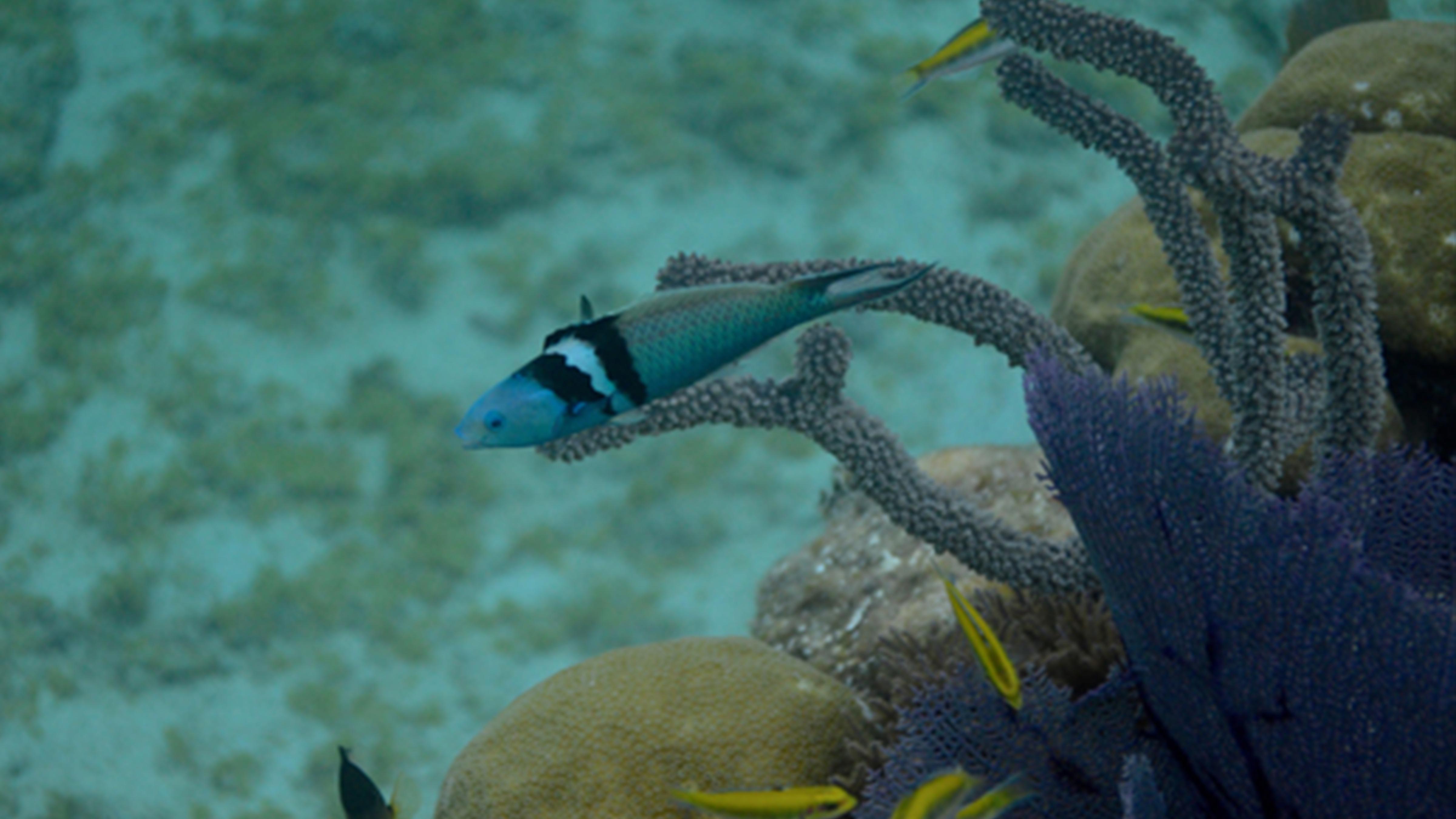
Changing Seas
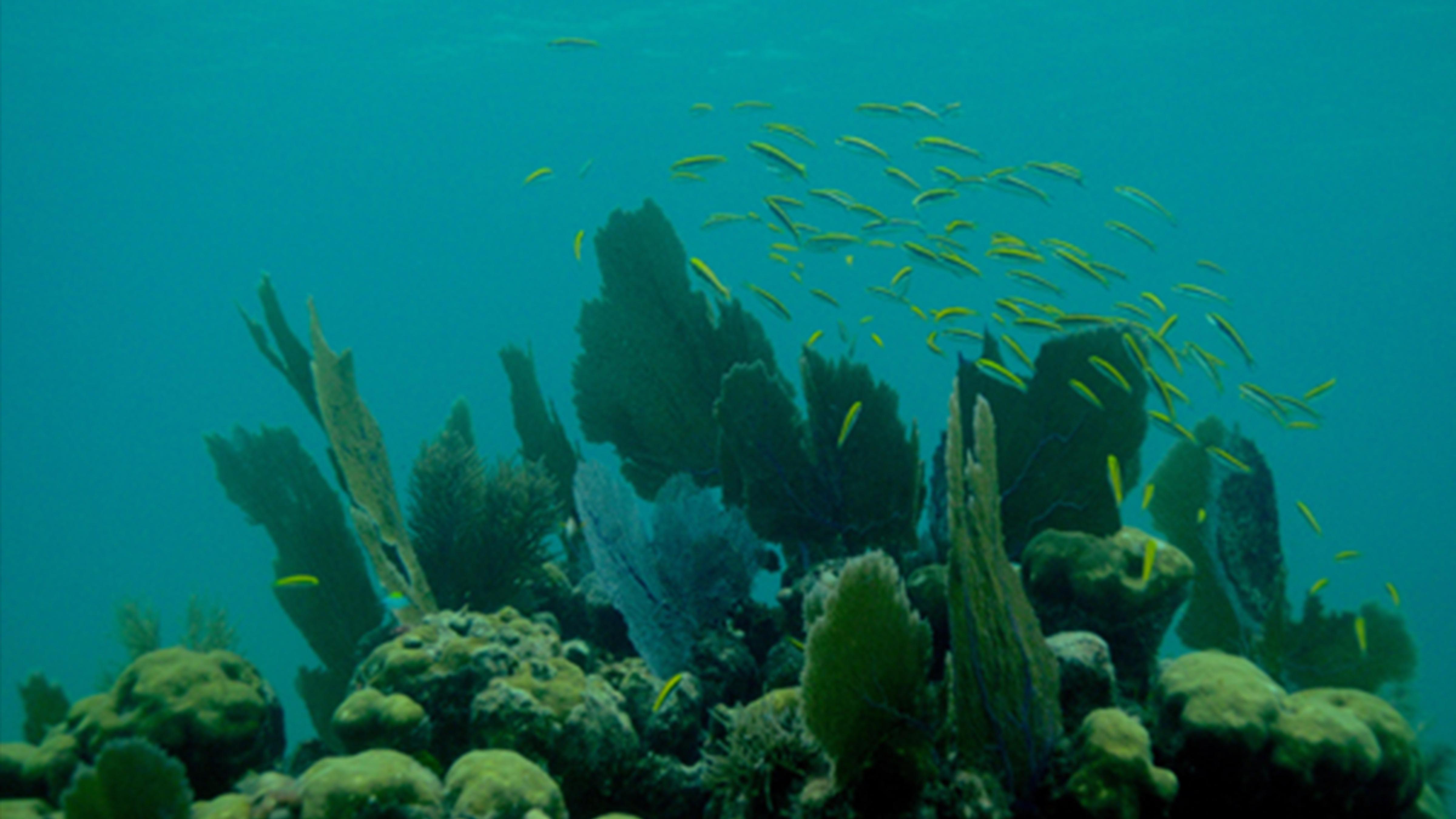
Changing Seas
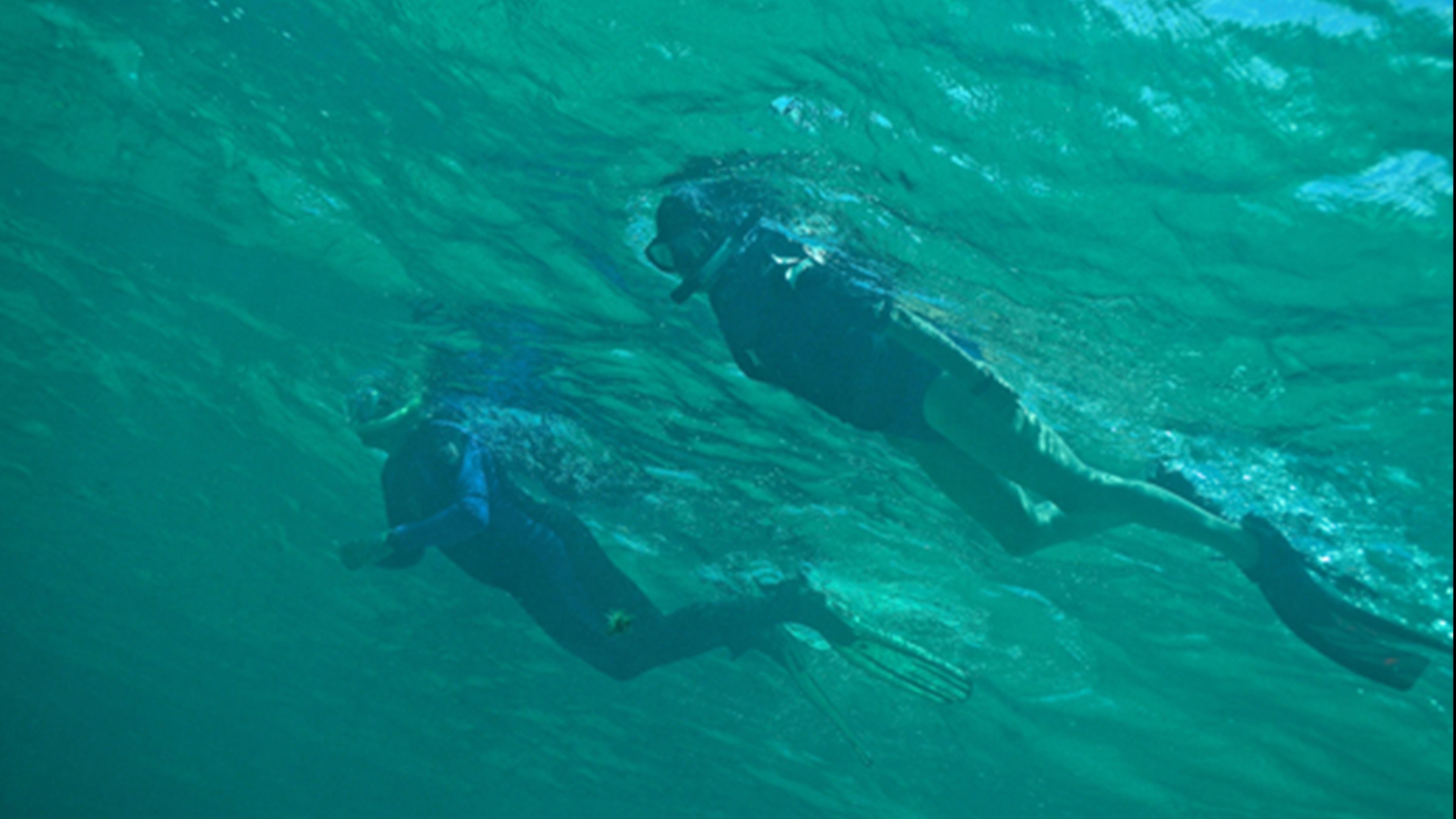
Changing Seas
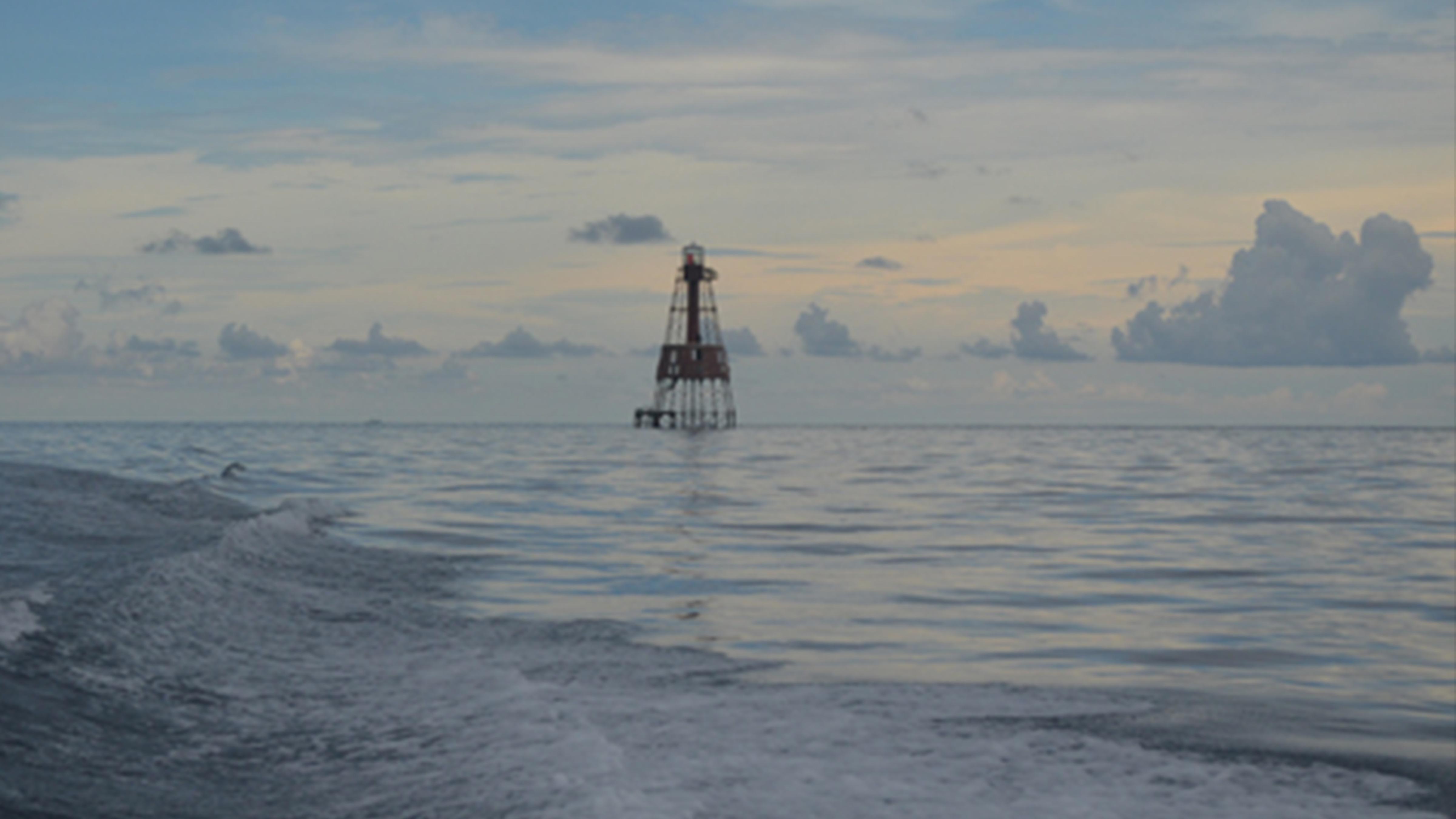
Changing Seas
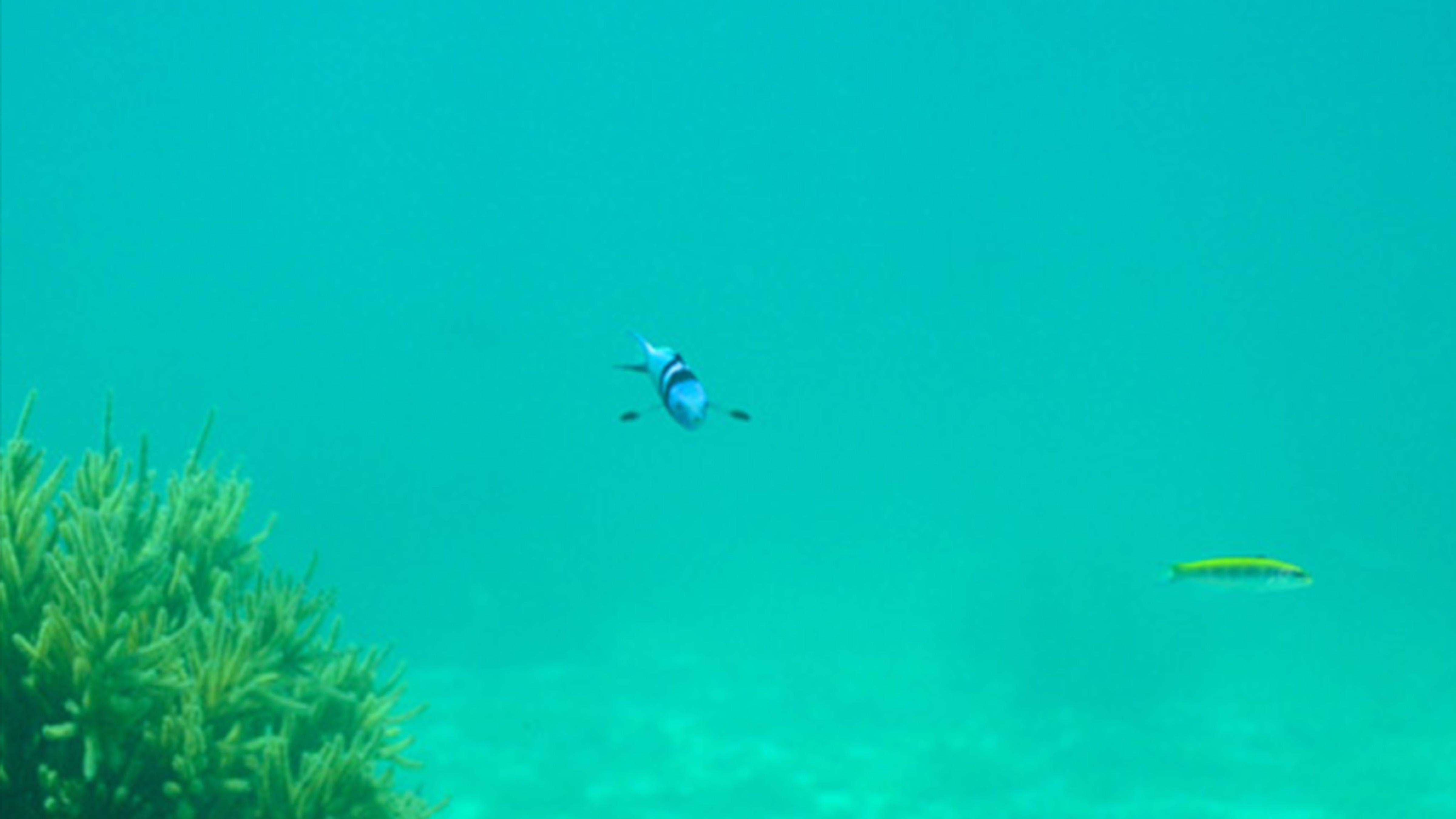
Changing Seas
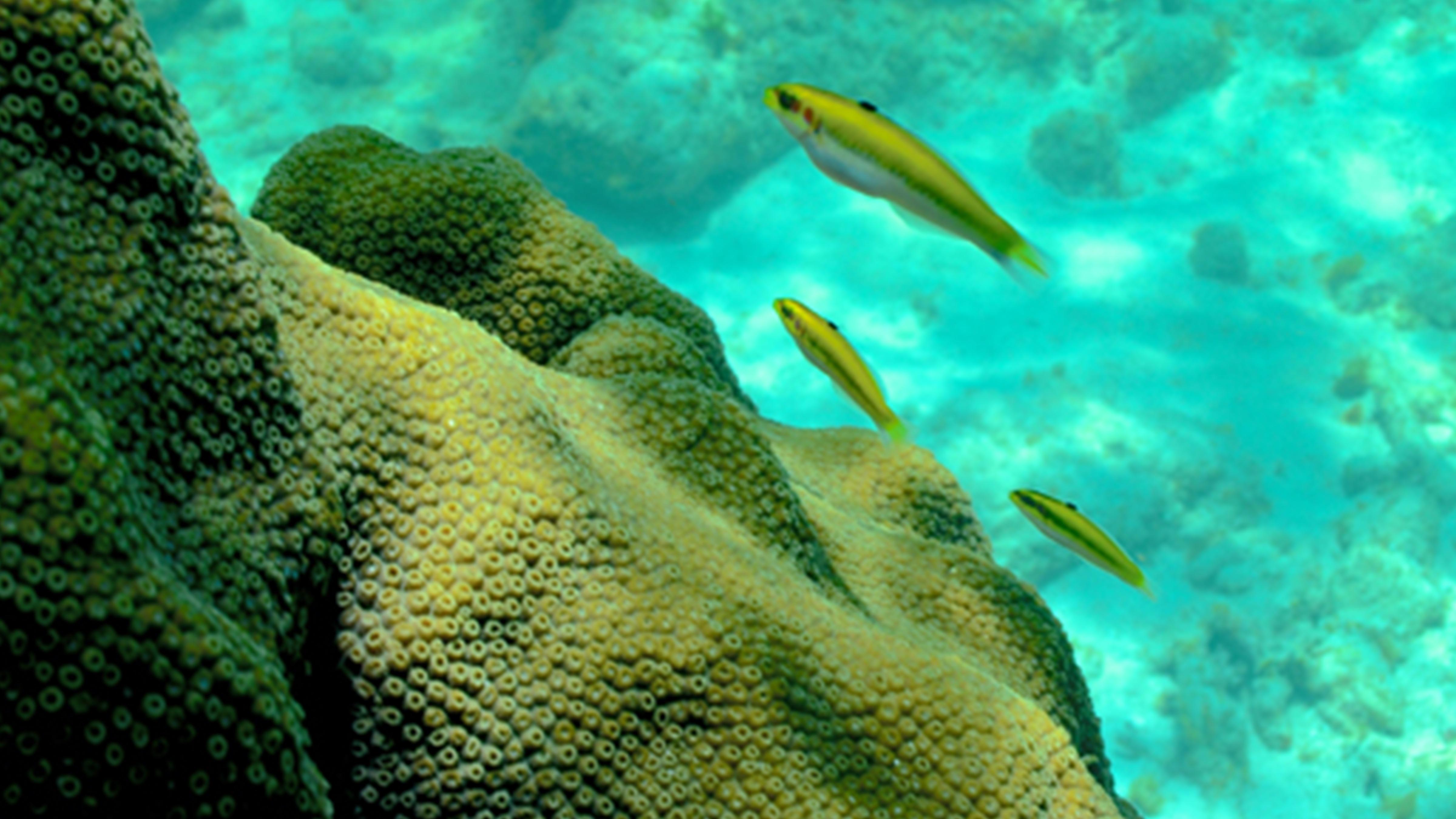
Changing Seas
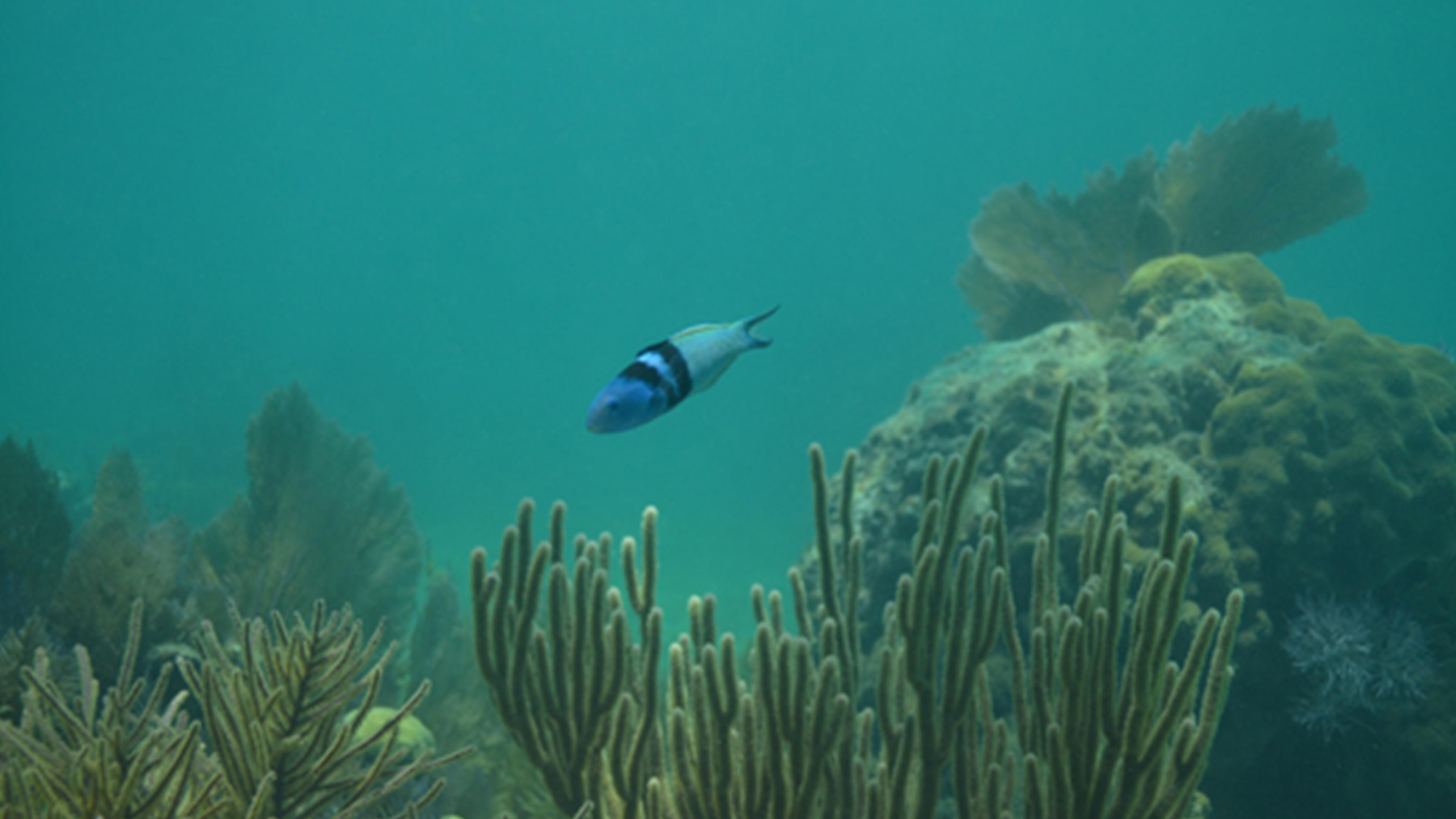
Changing Seas
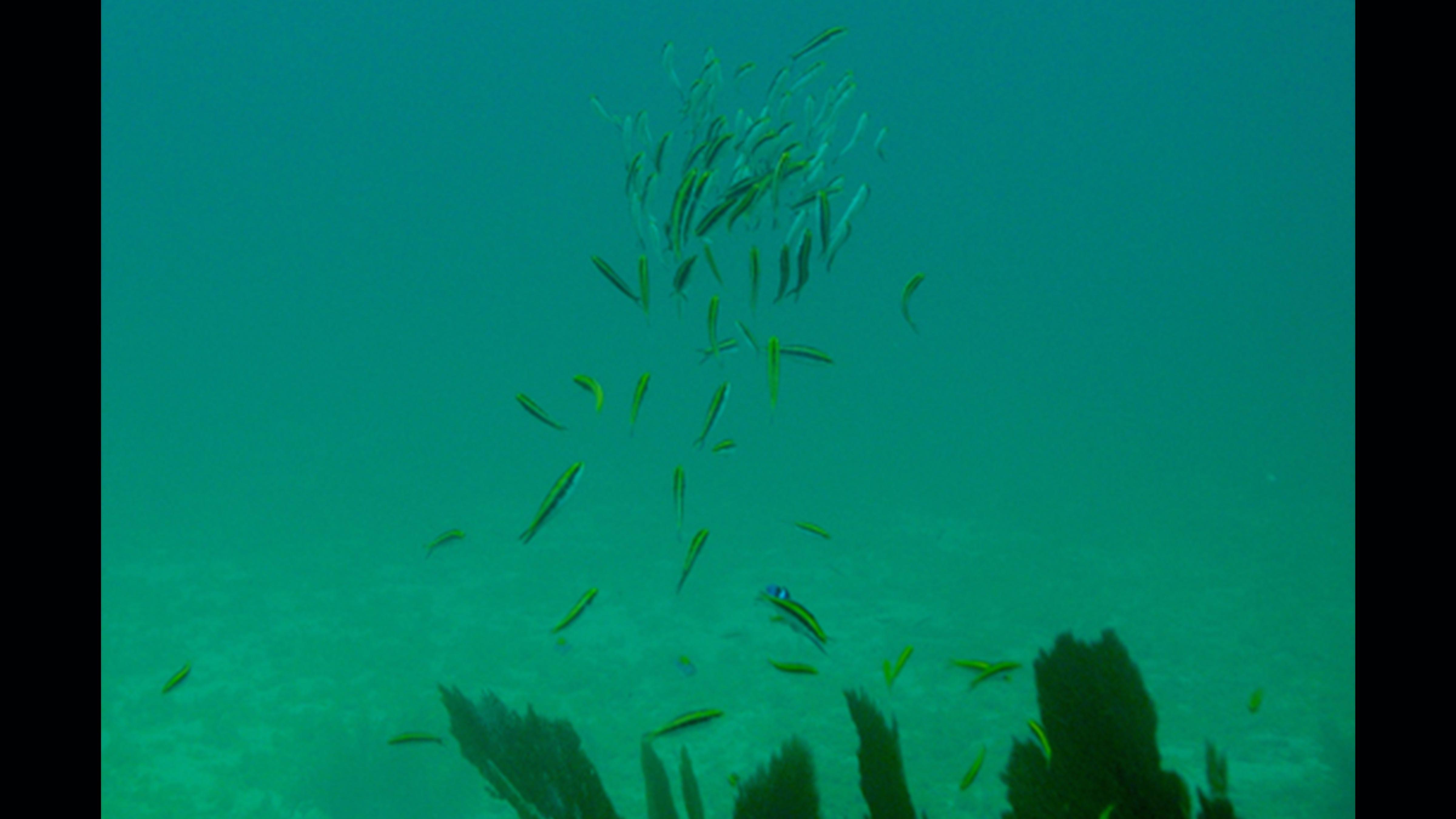
Changing Seas
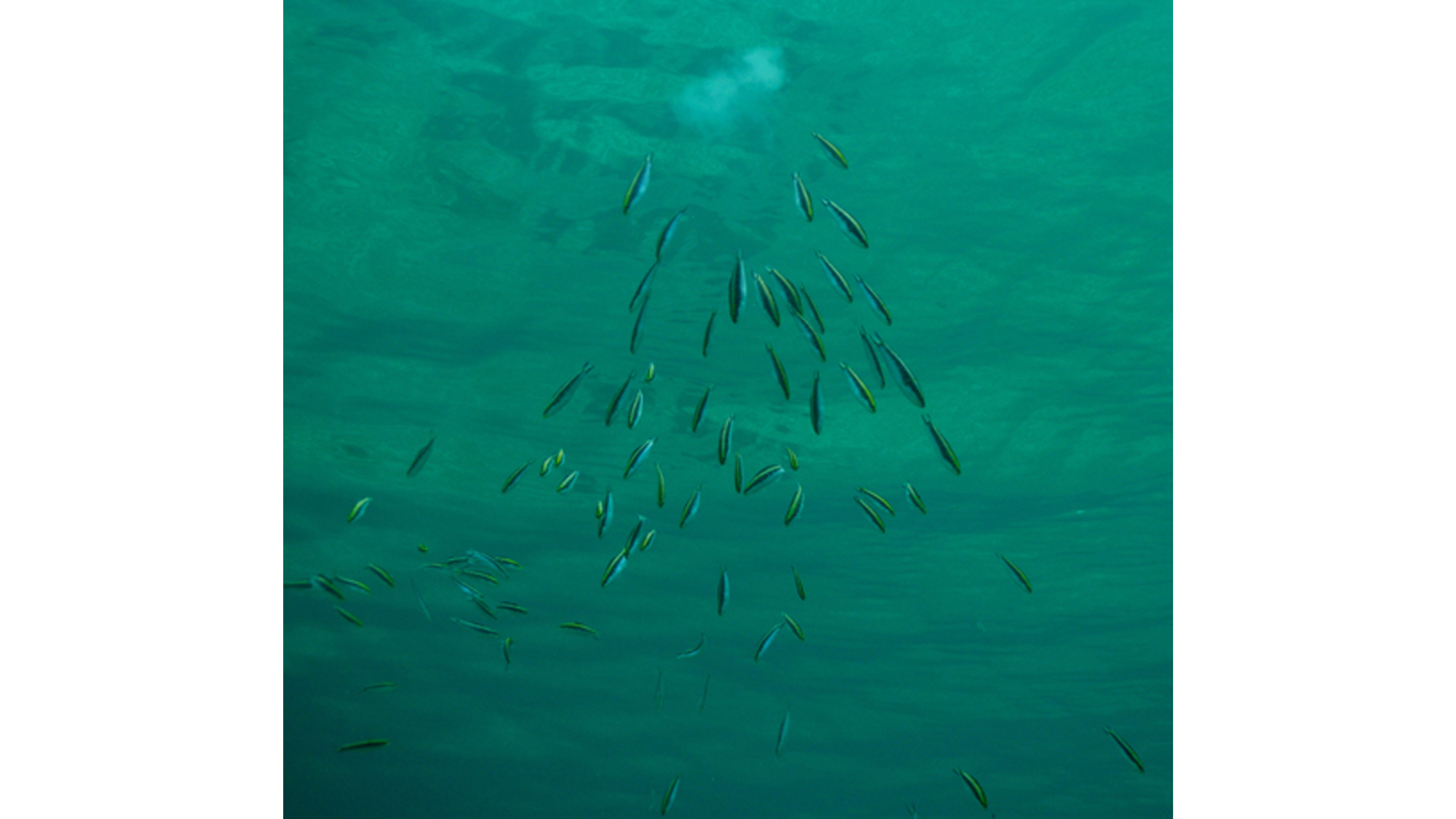
Changing Seas

Changing Seas
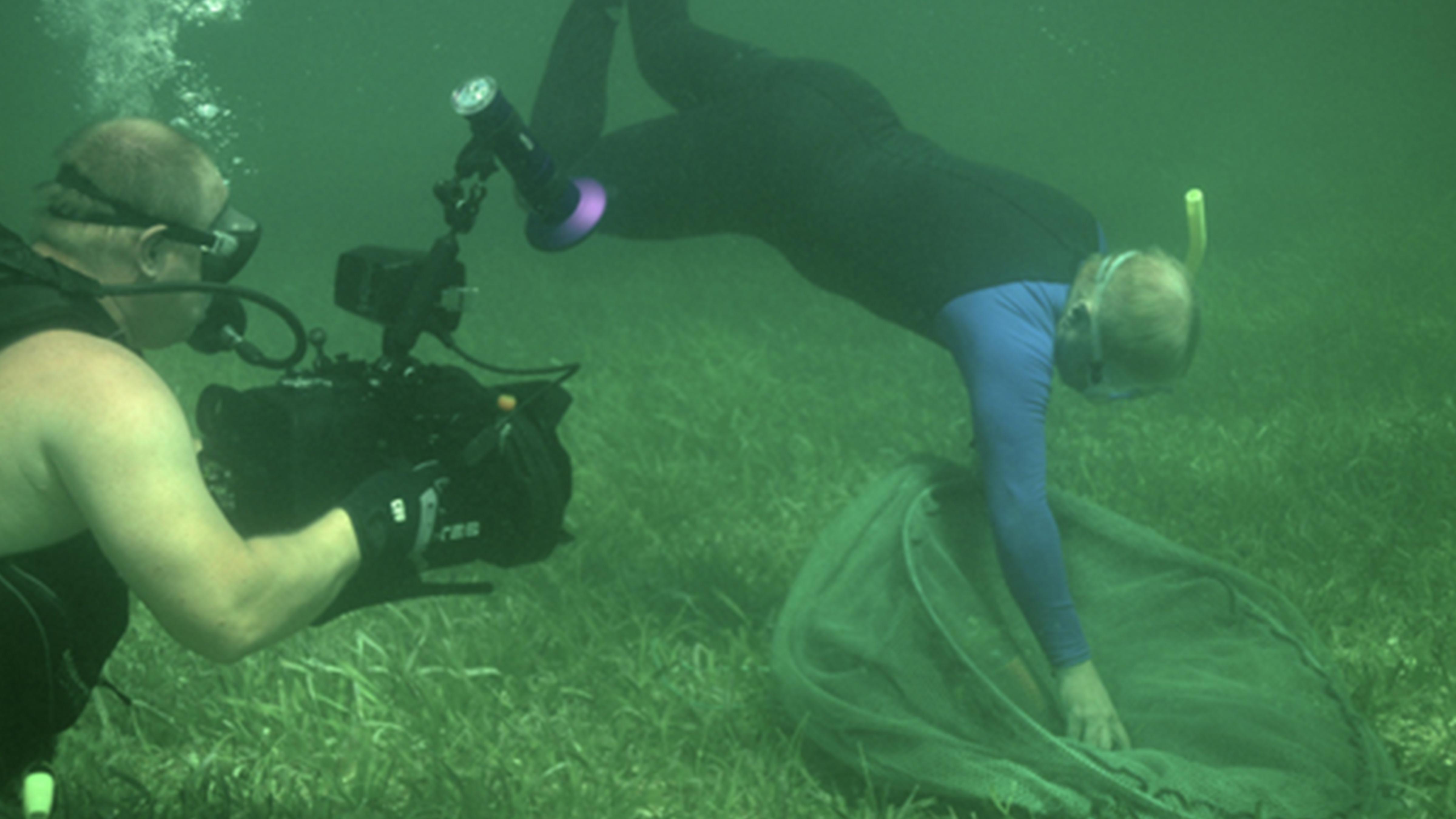
Changing Seas
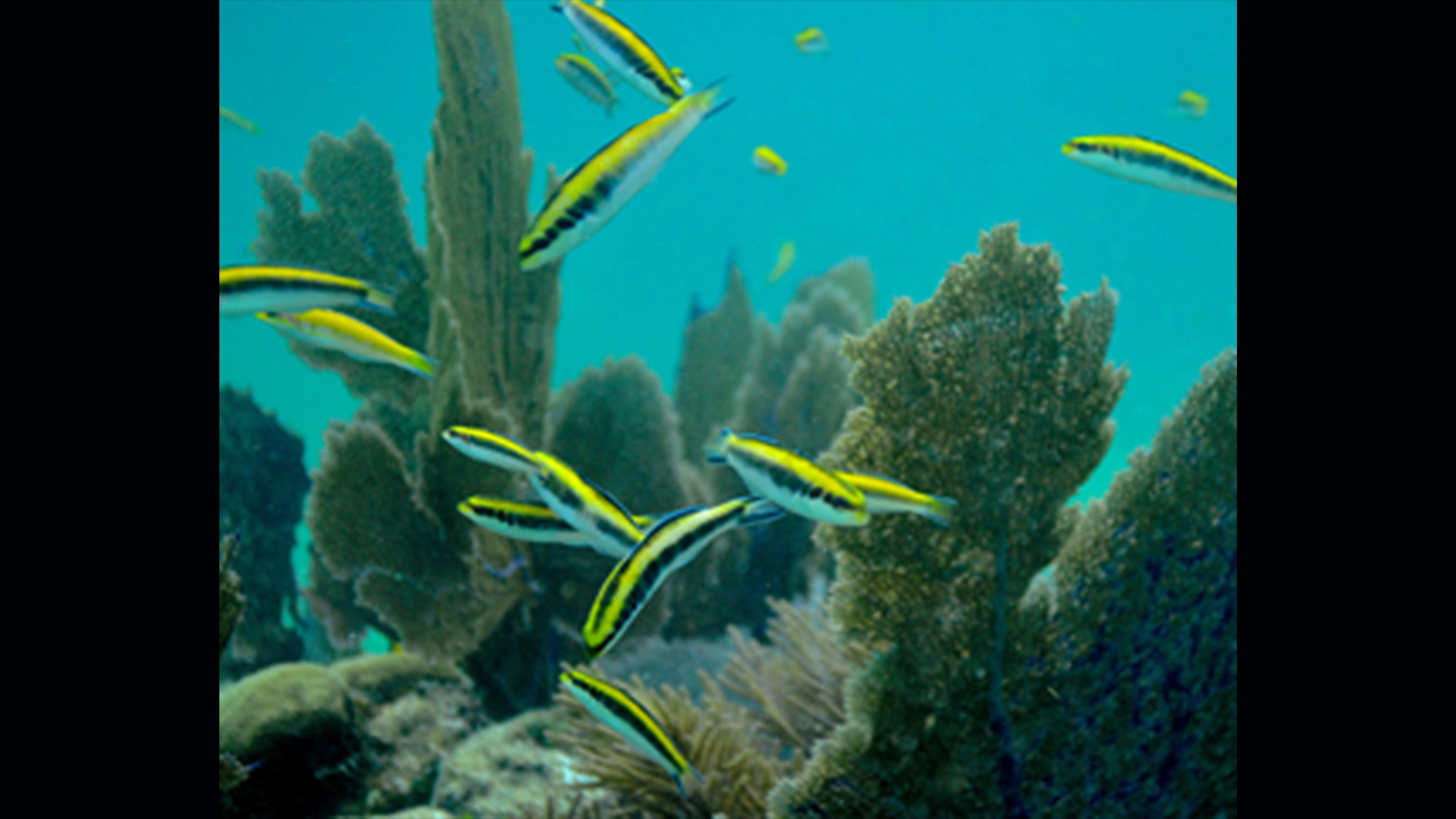
Changing Seas
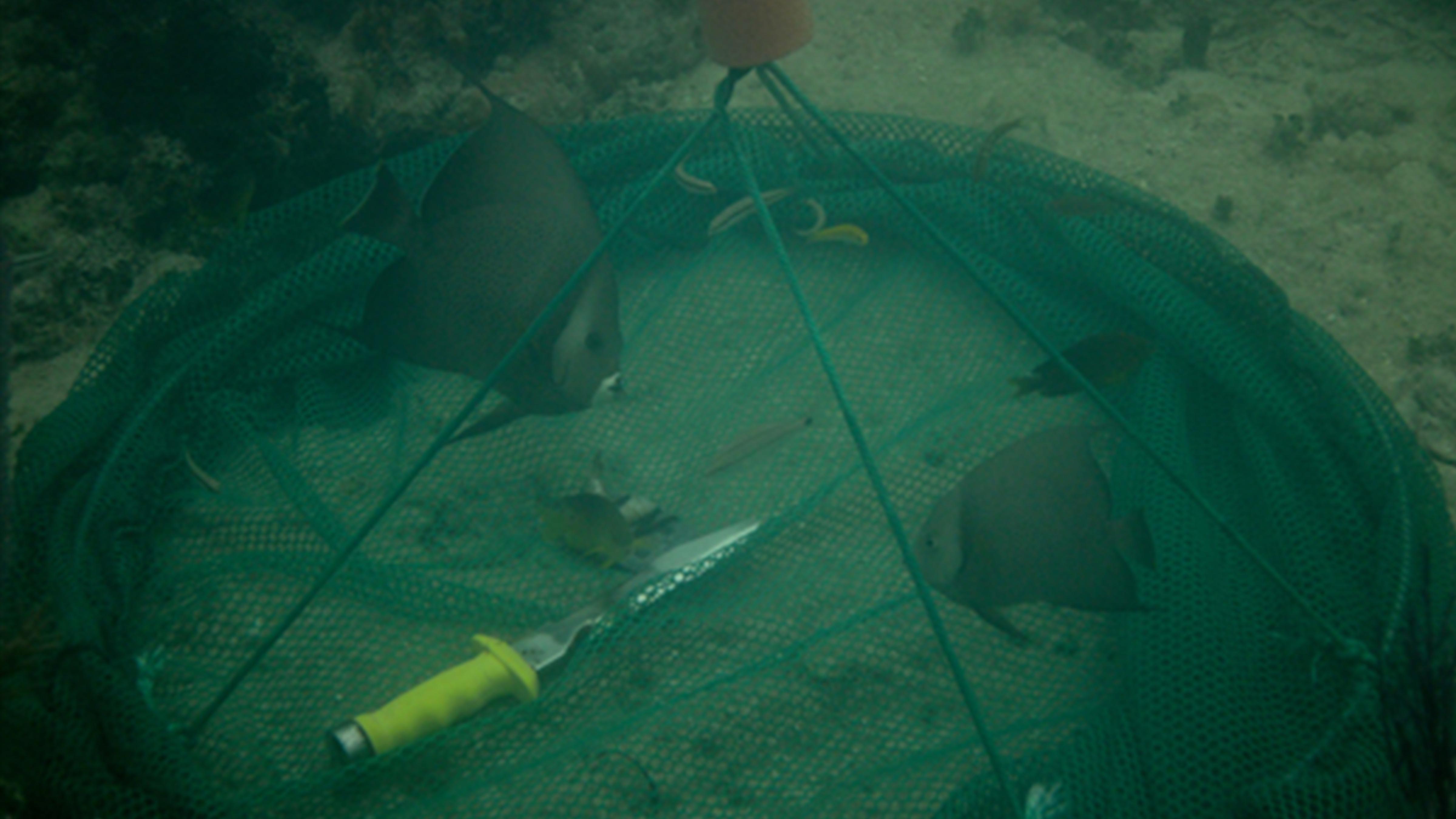
Changing Seas
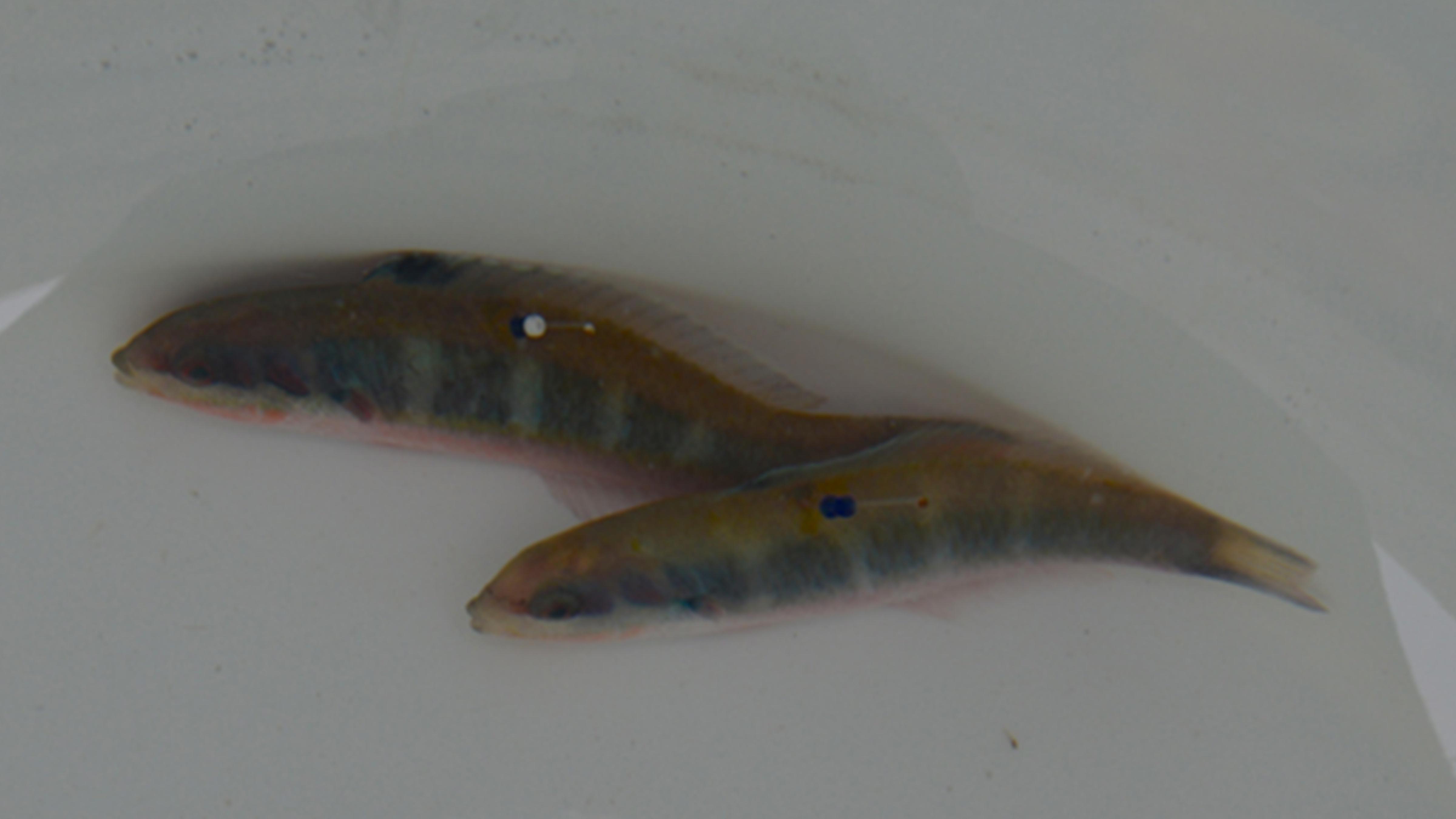
Changing Seas
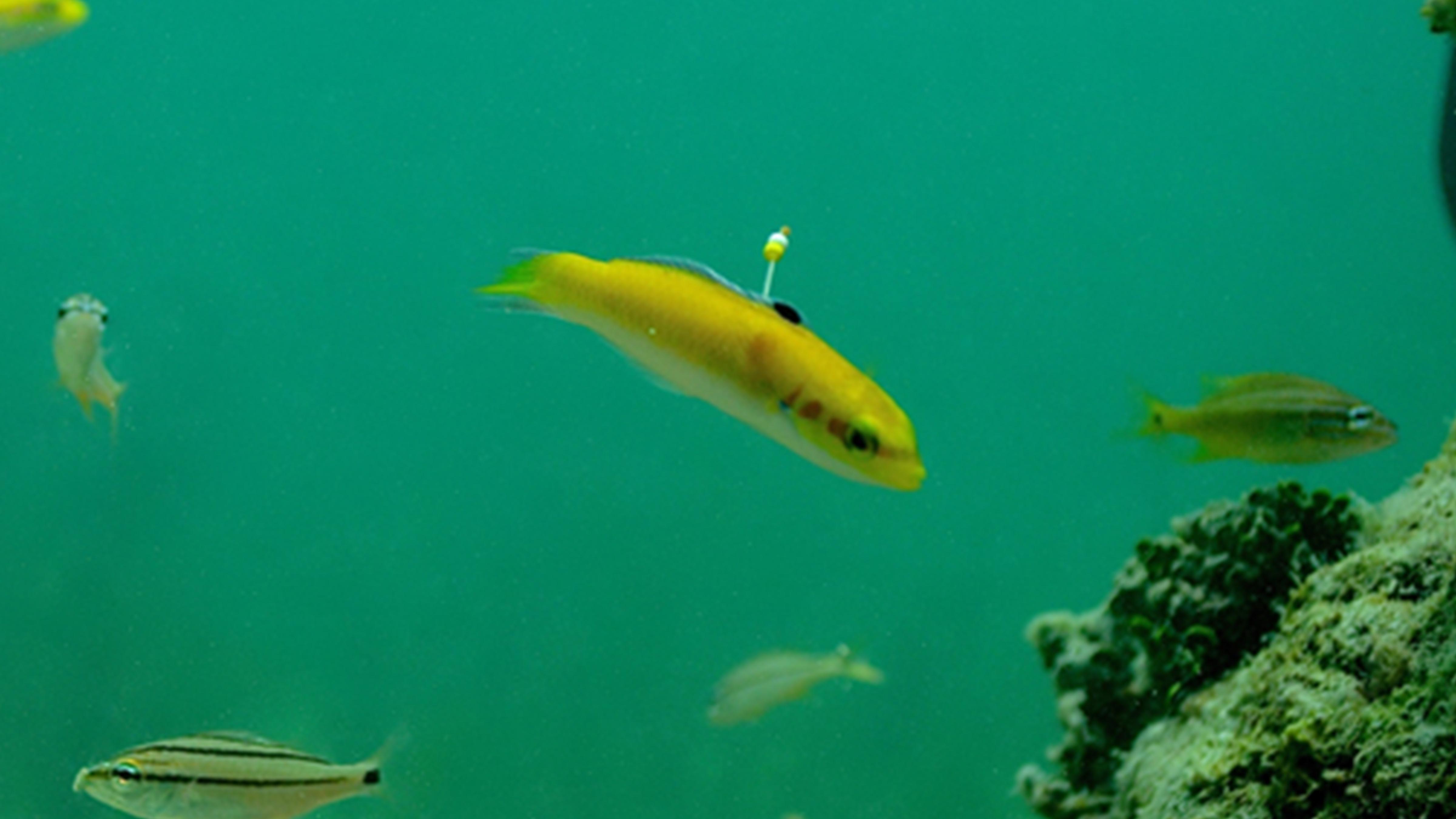
Changing Seas
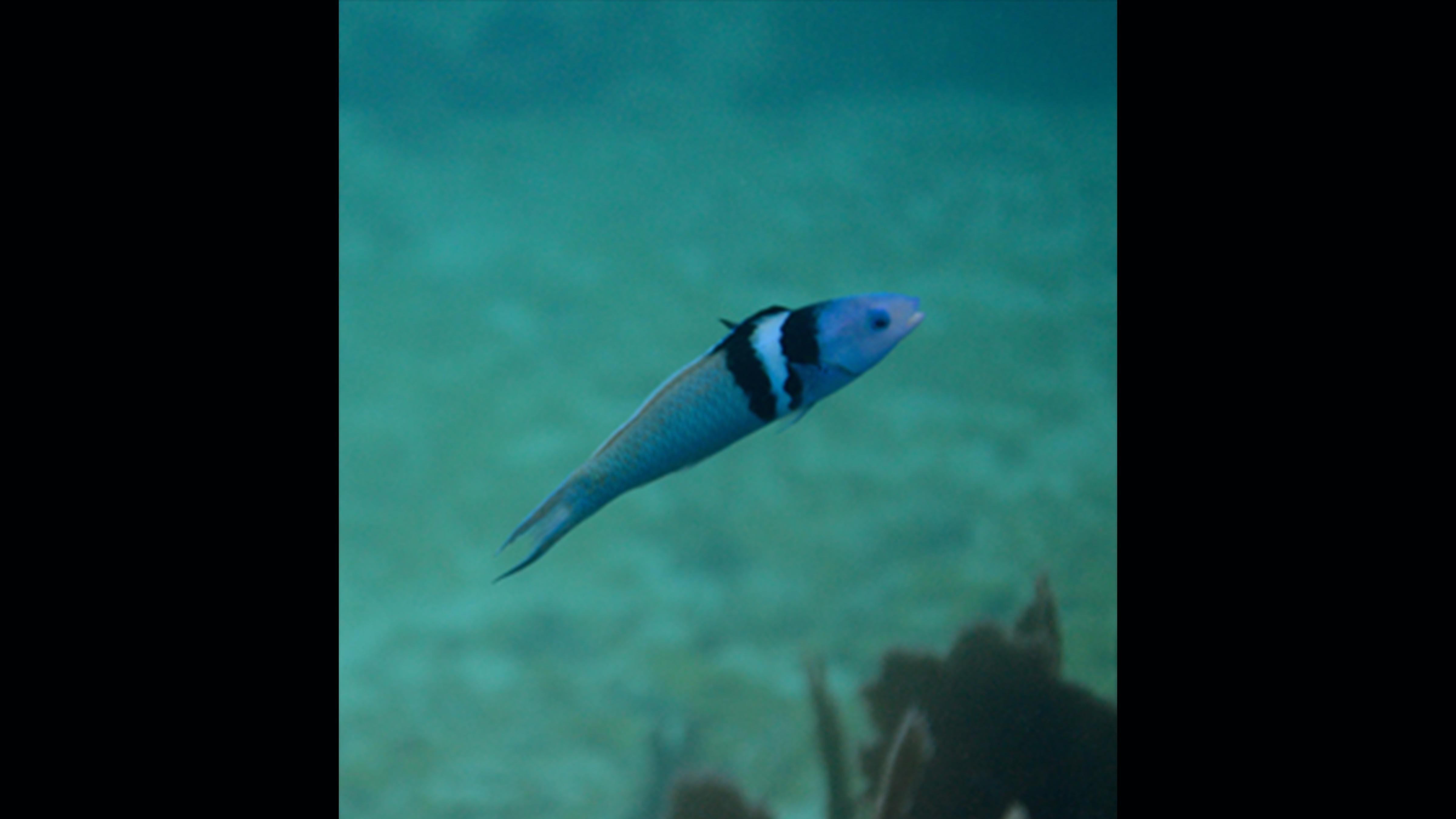
Changing Seas
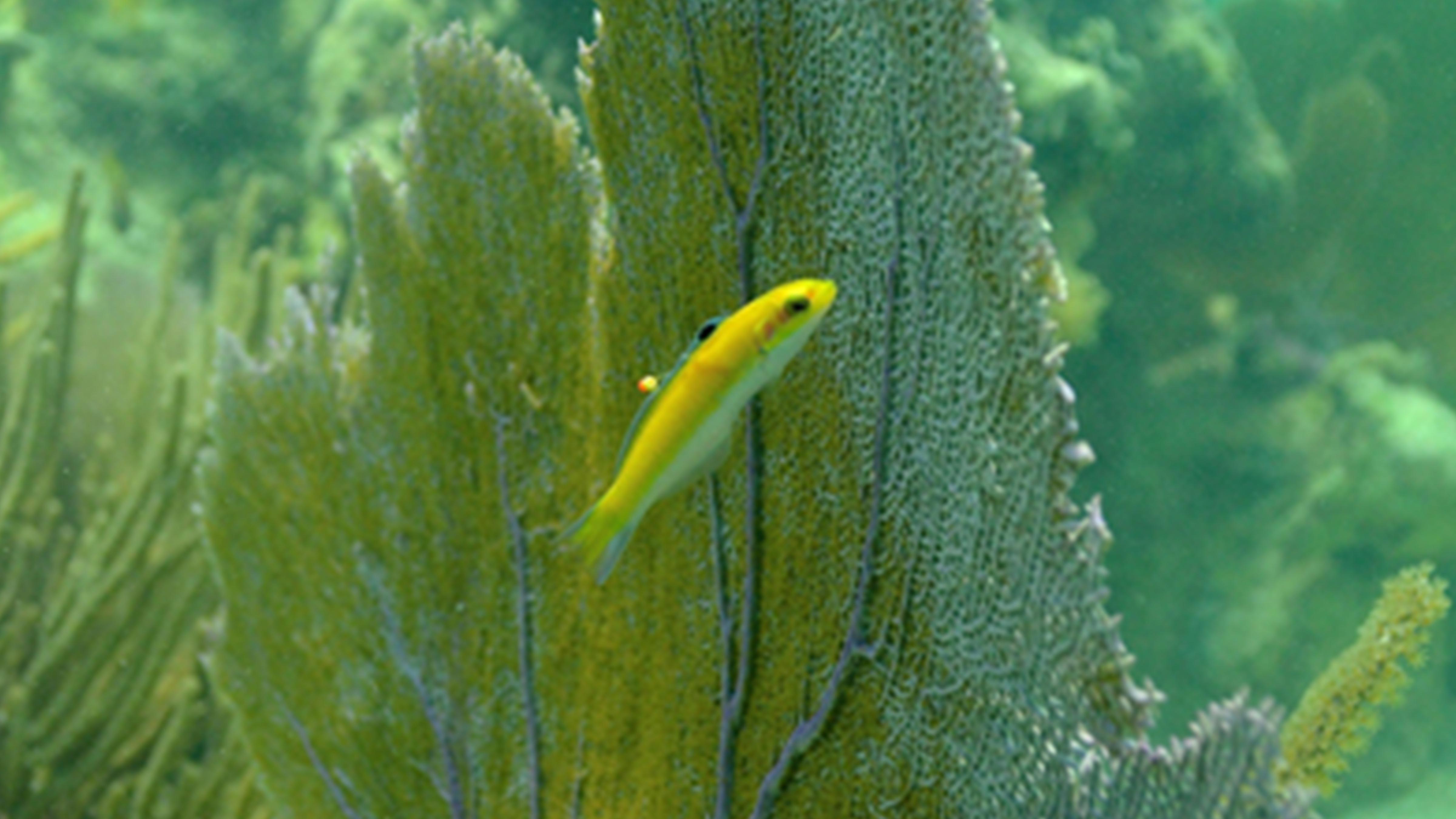
Changing Seas
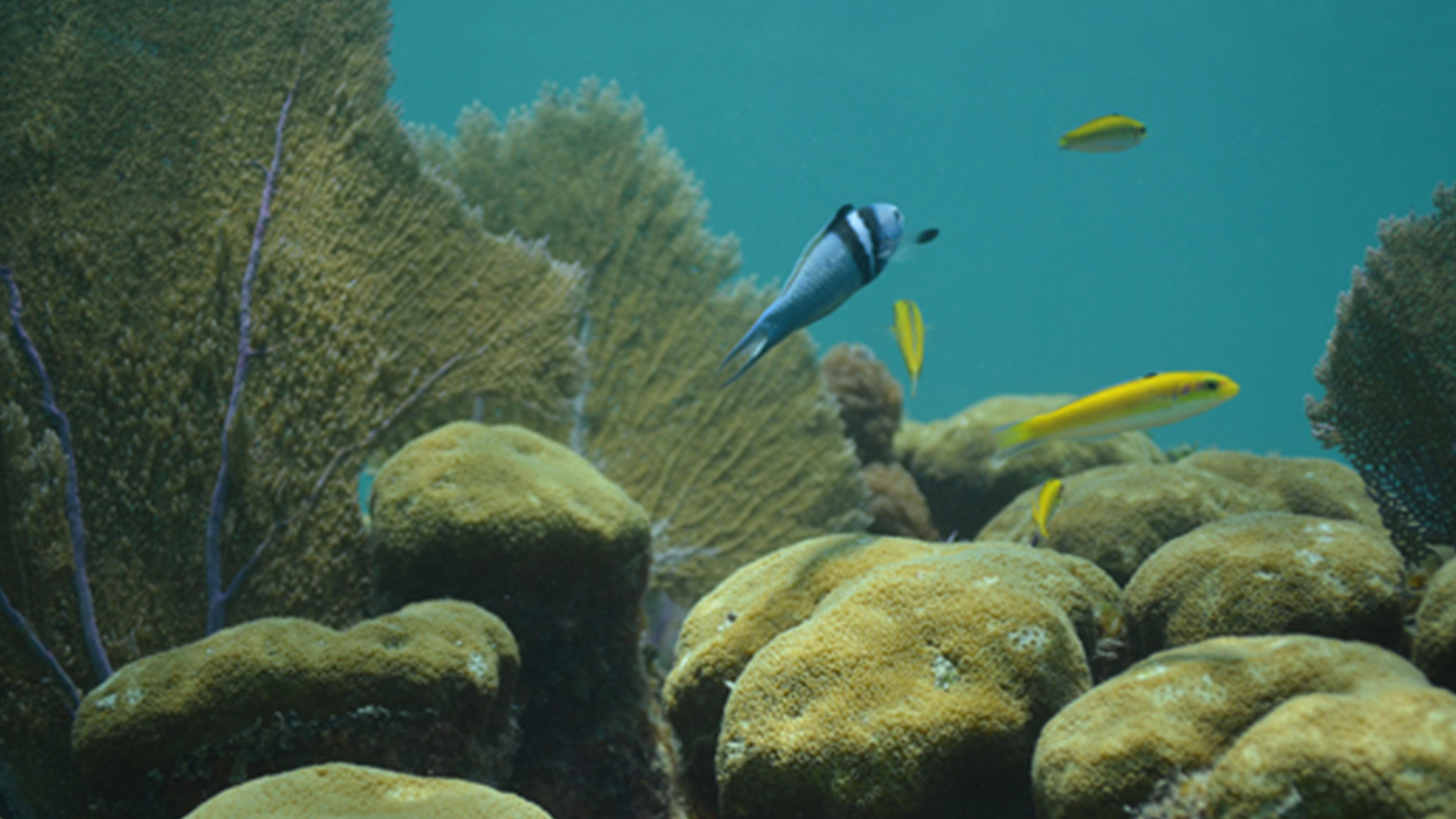
Changing Seas
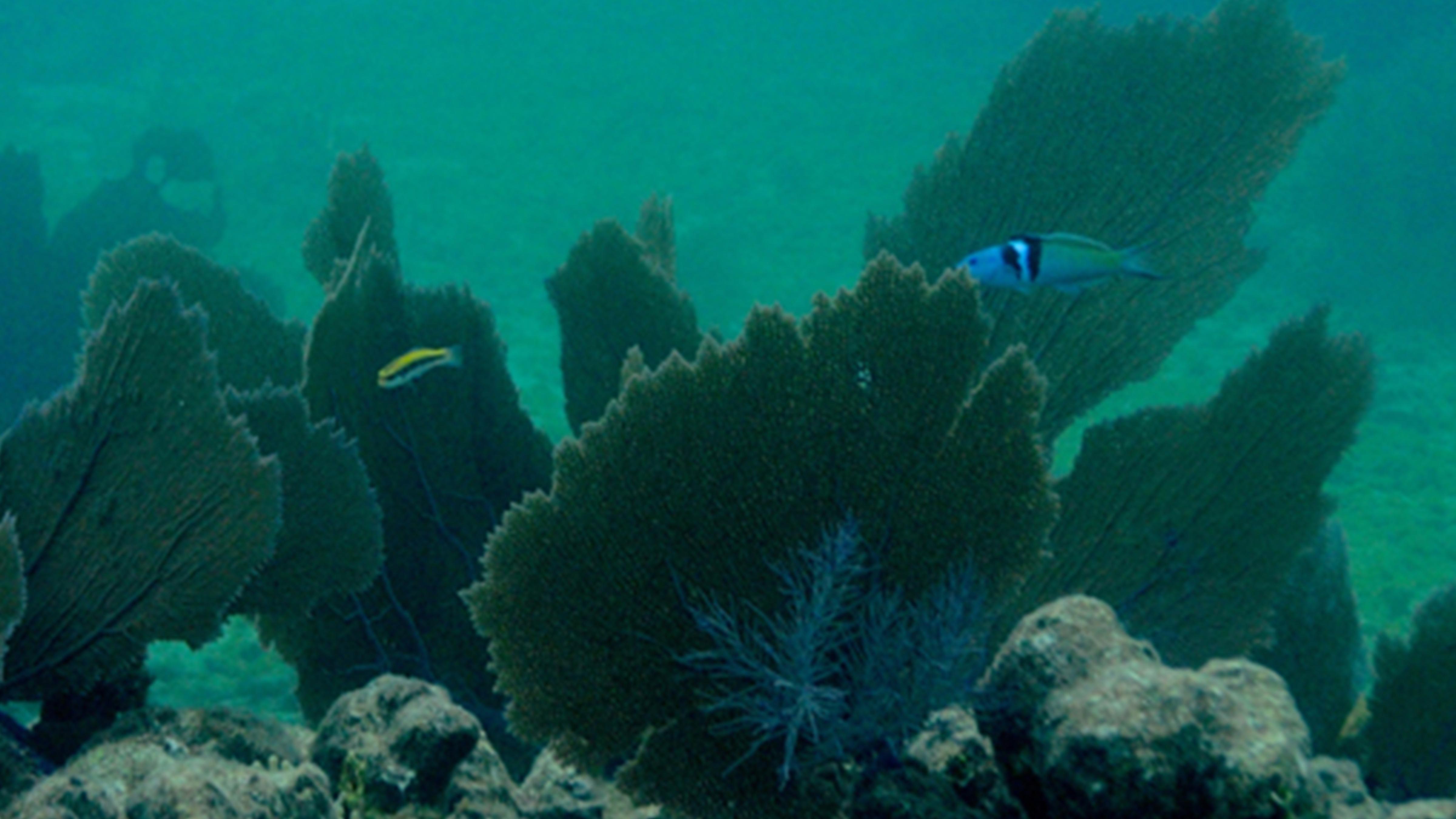
Changing Seas
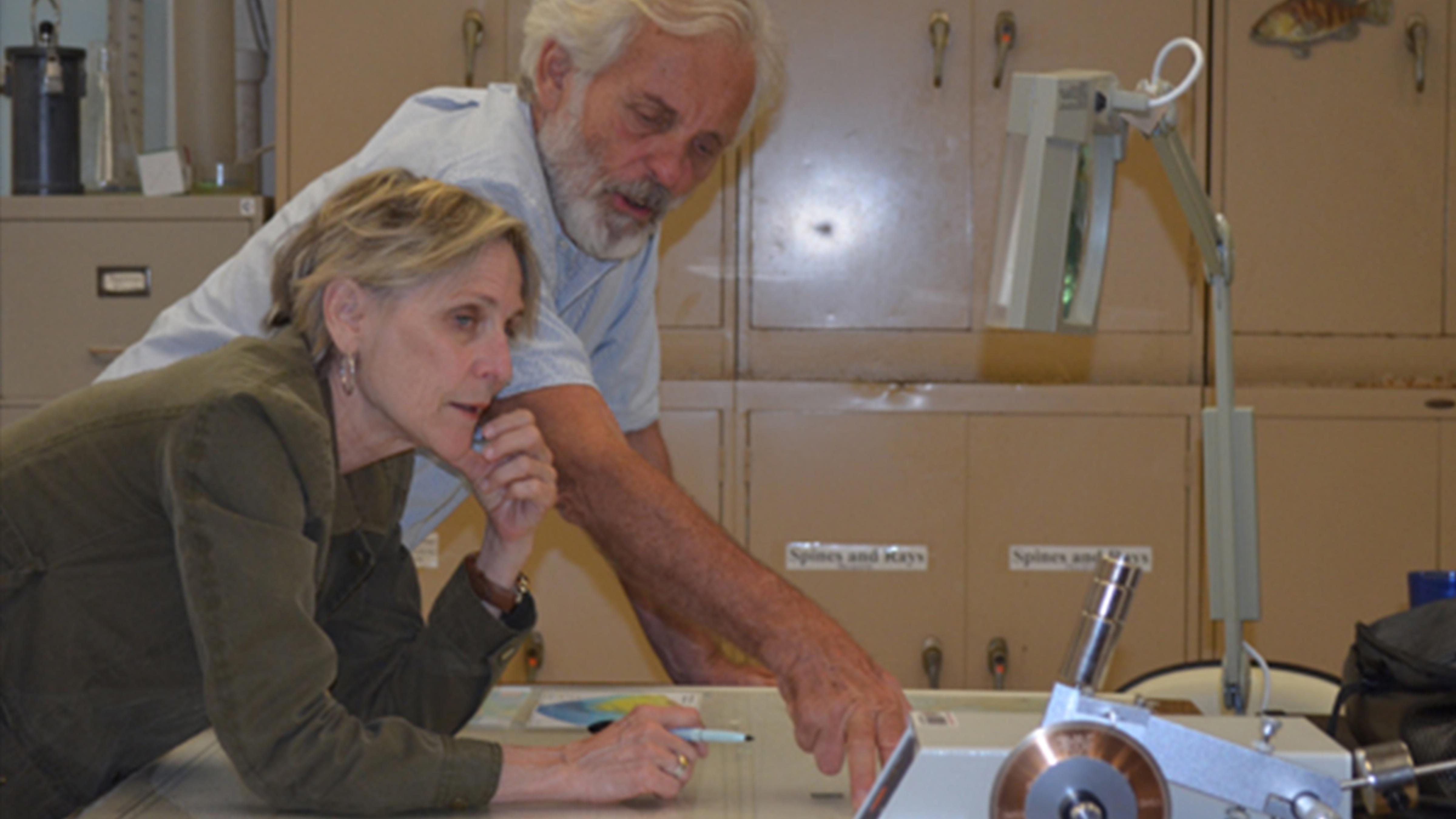
Changing Seas
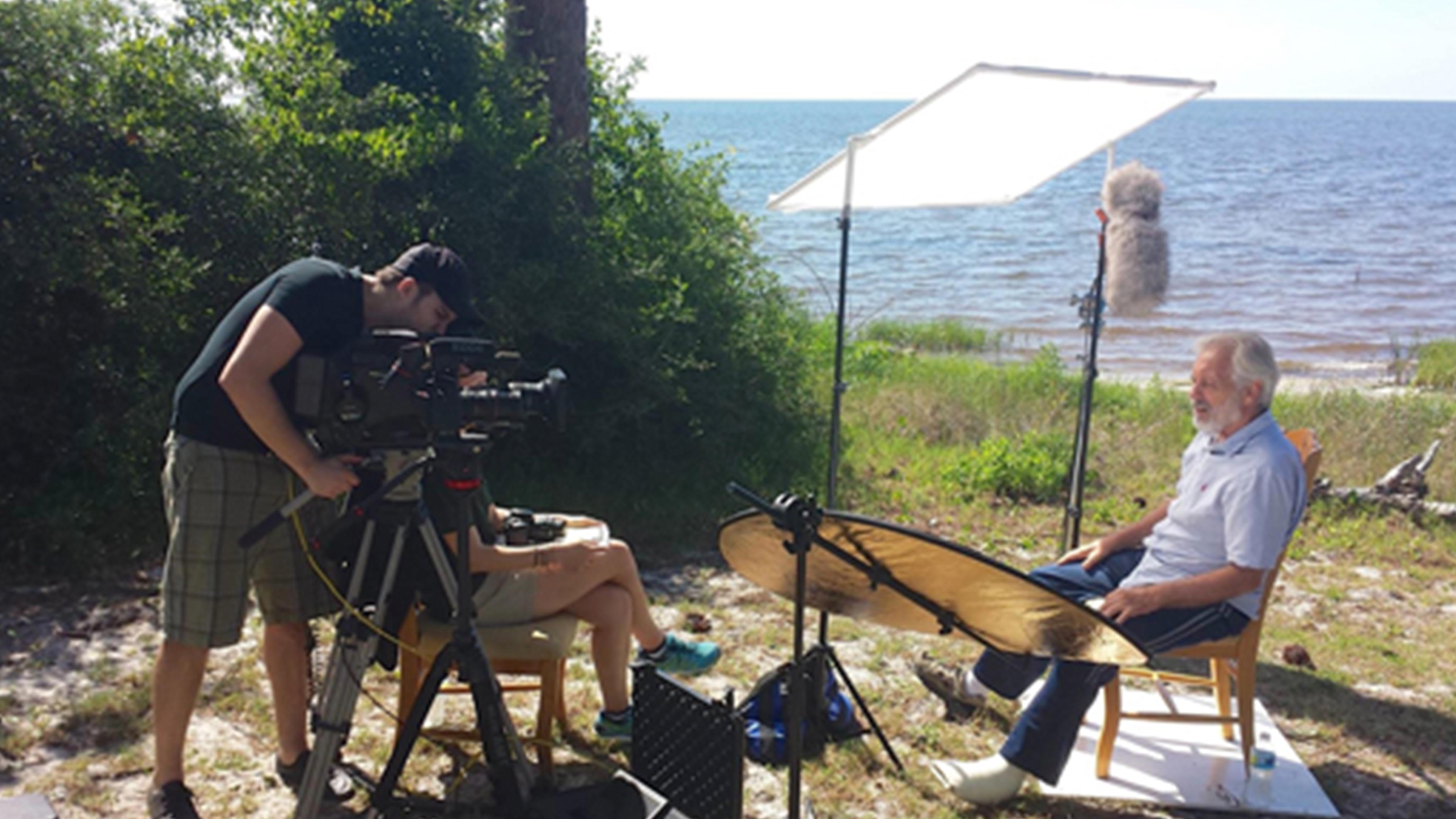
Changing Seas
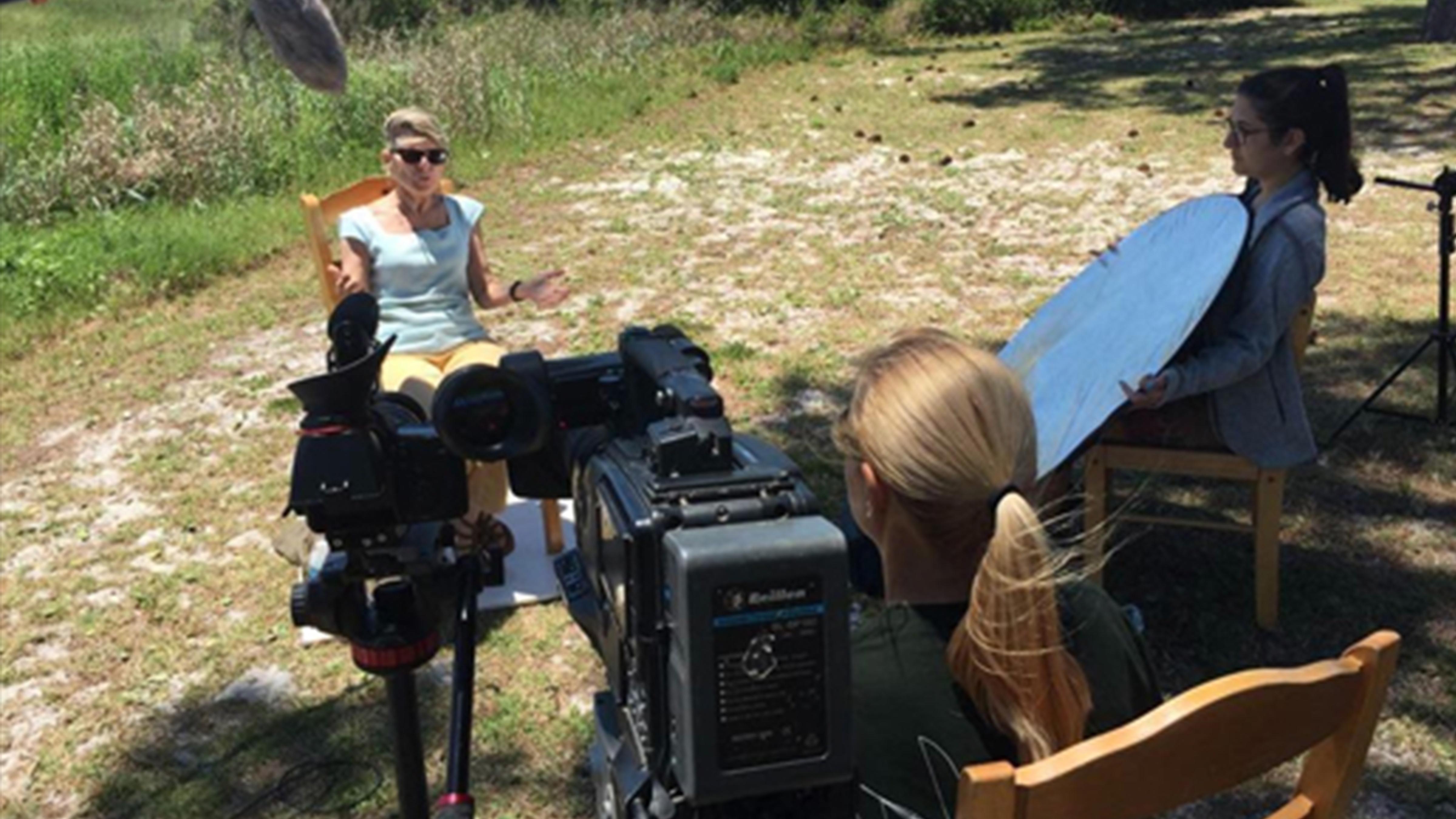
Changing Seas
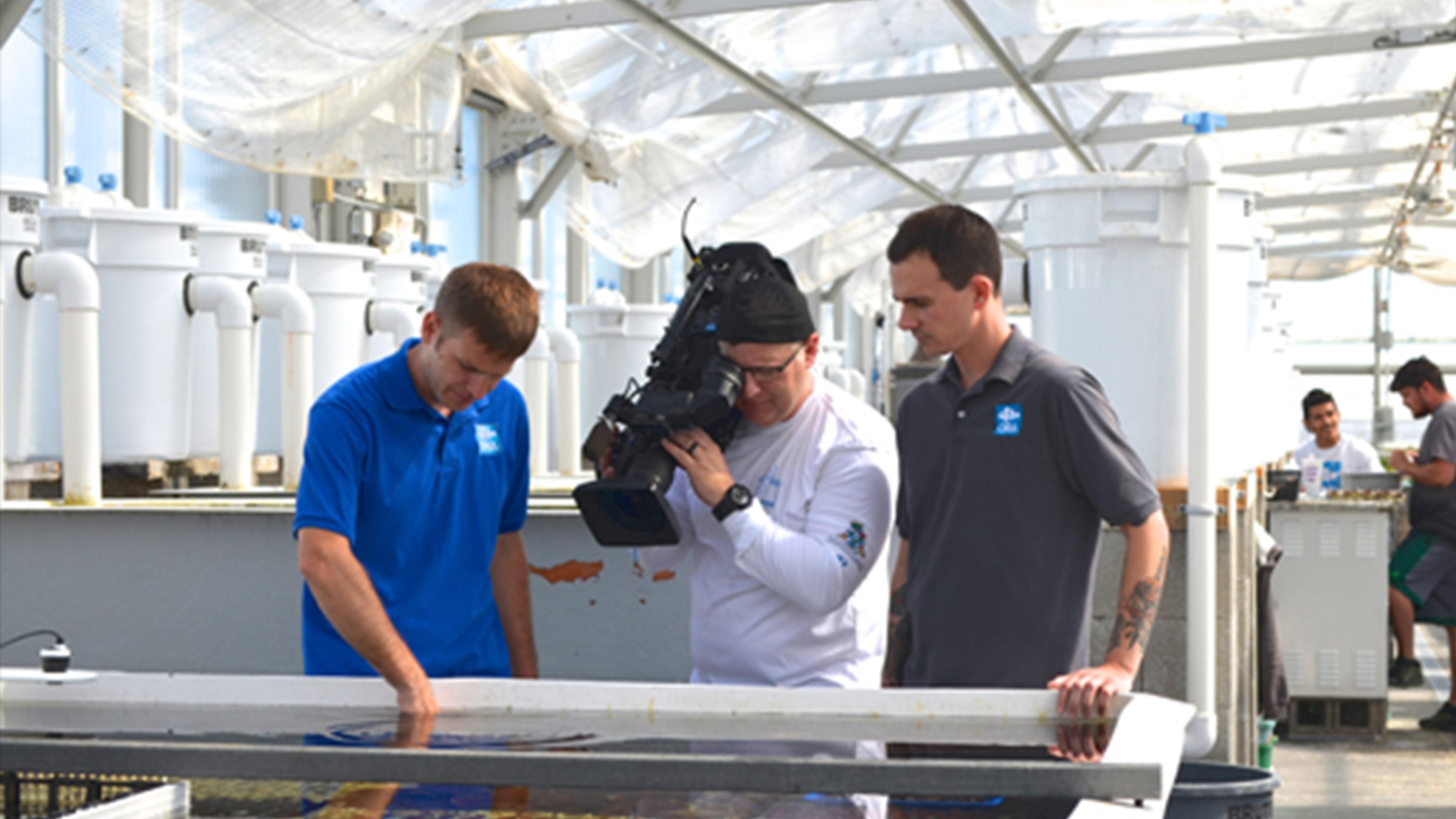
Changing Seas
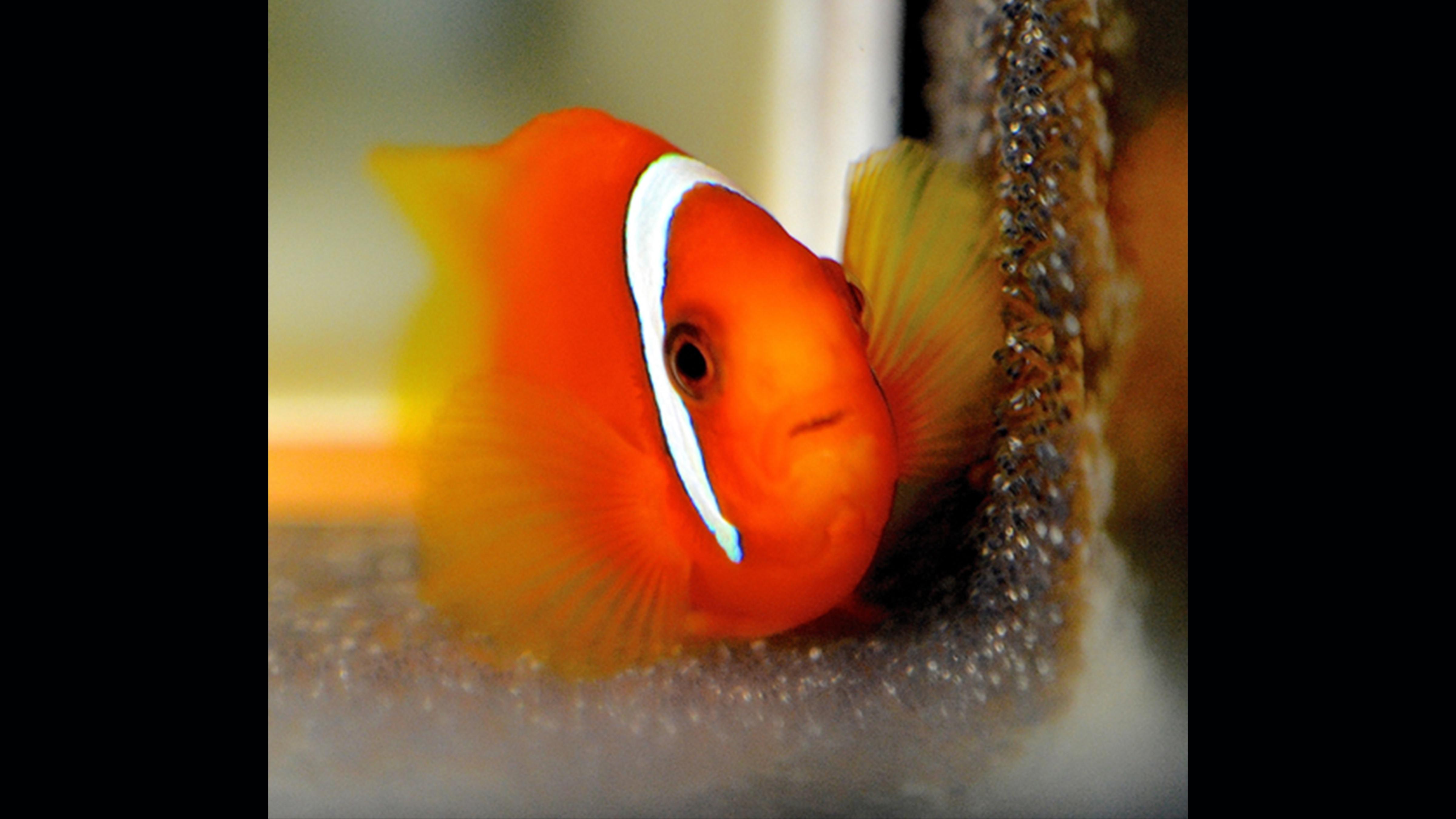
Changing Seas
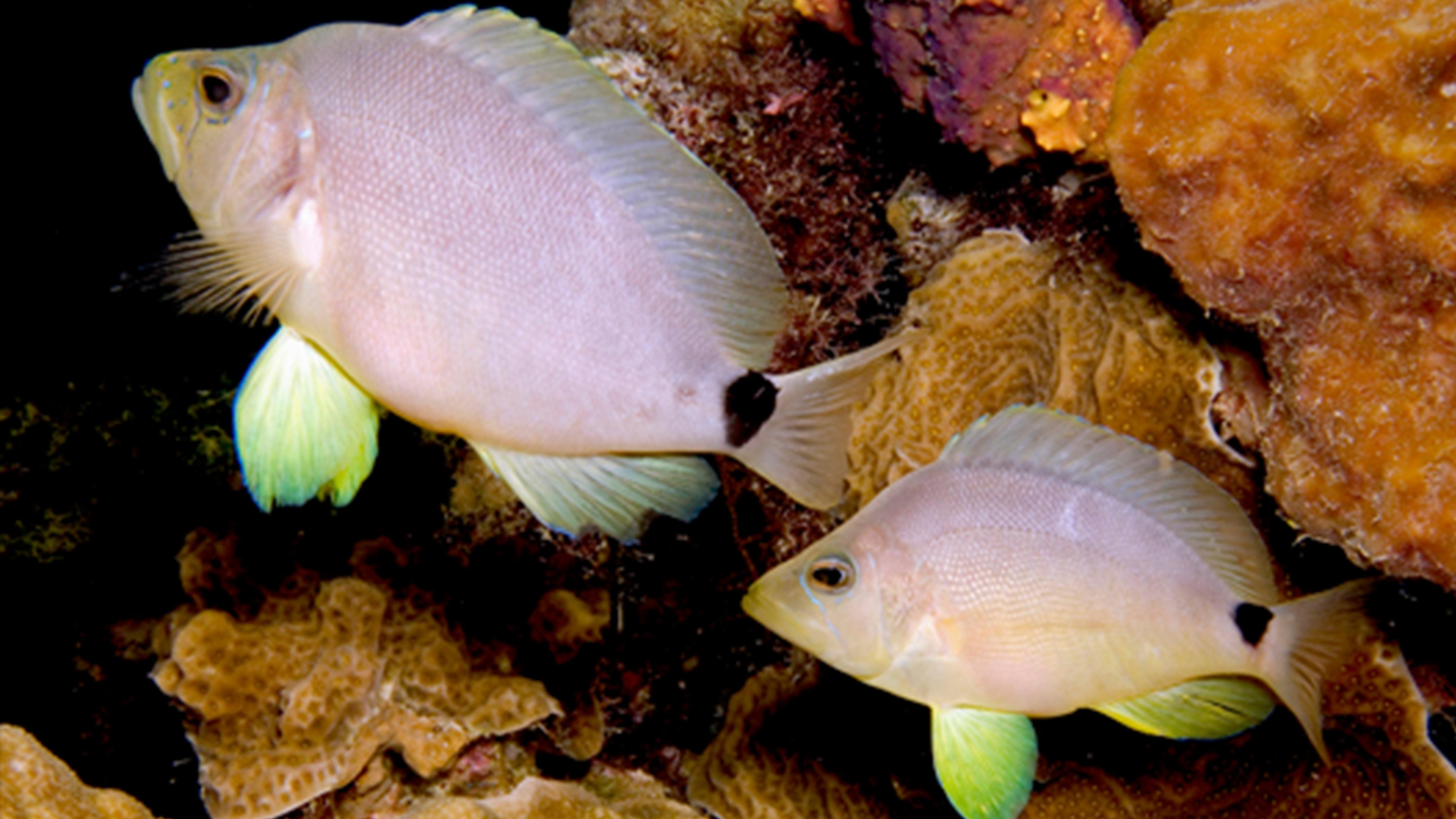
Ned DeLoach
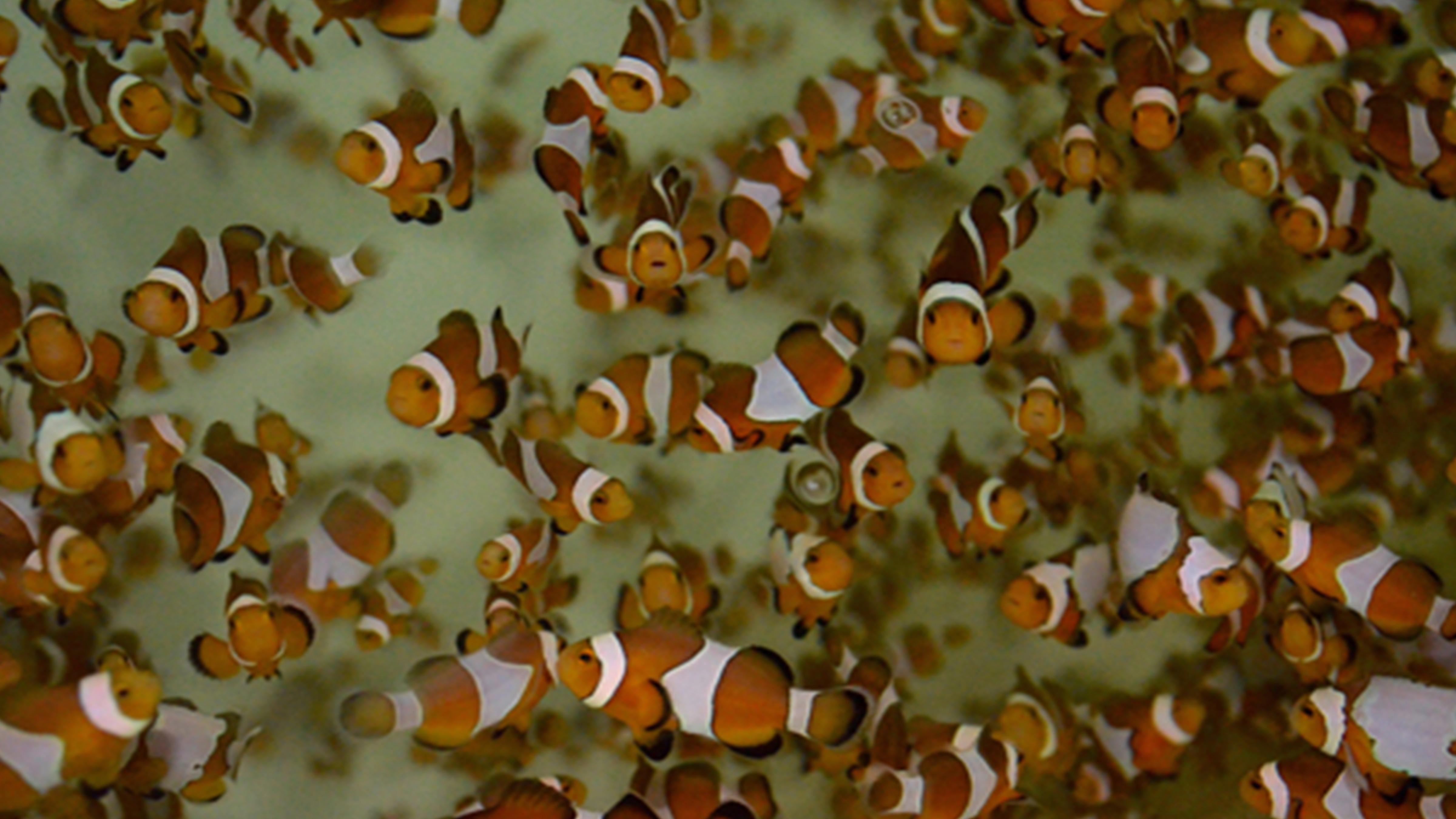
Changing Seas
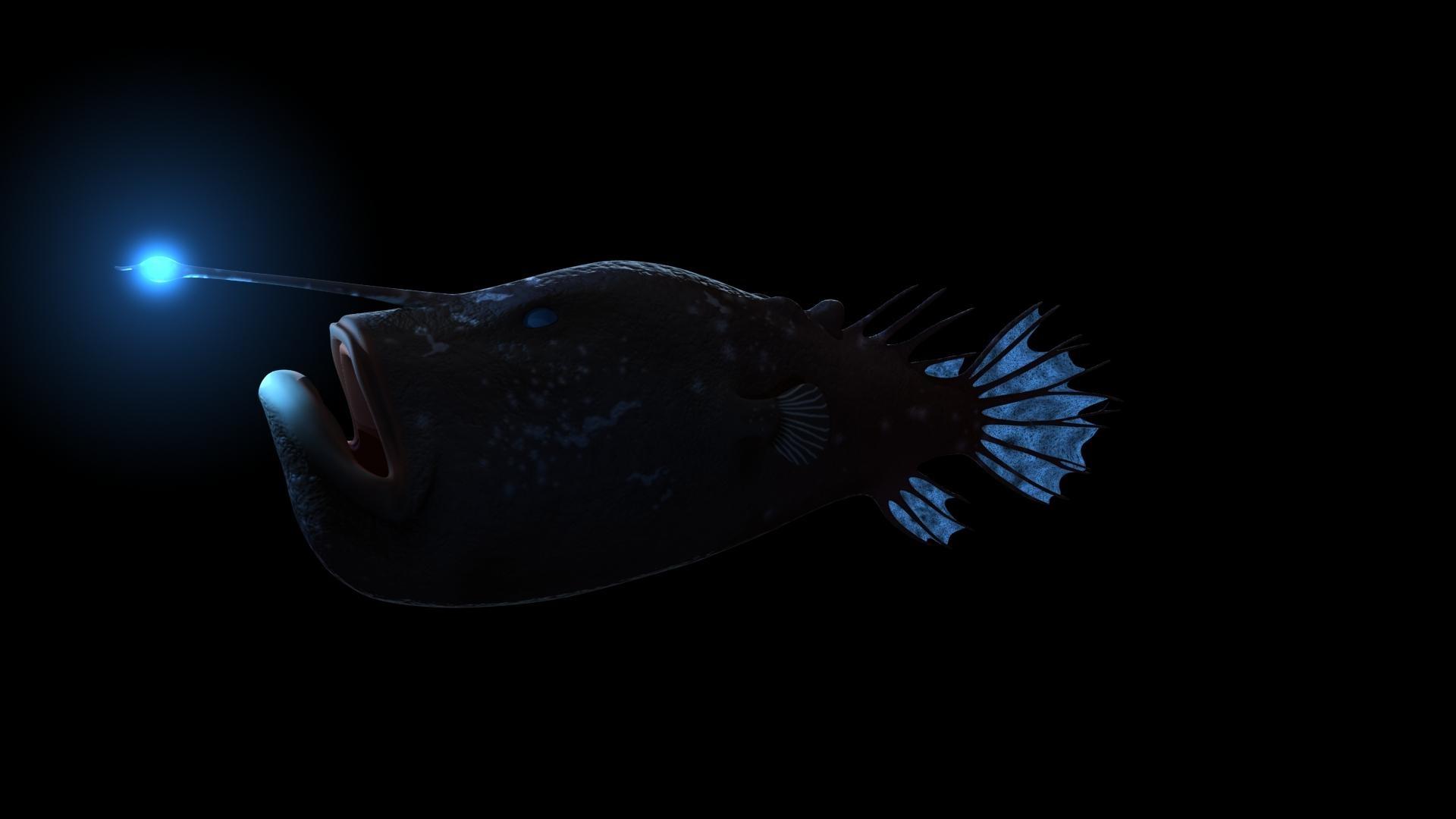
Changing Seas
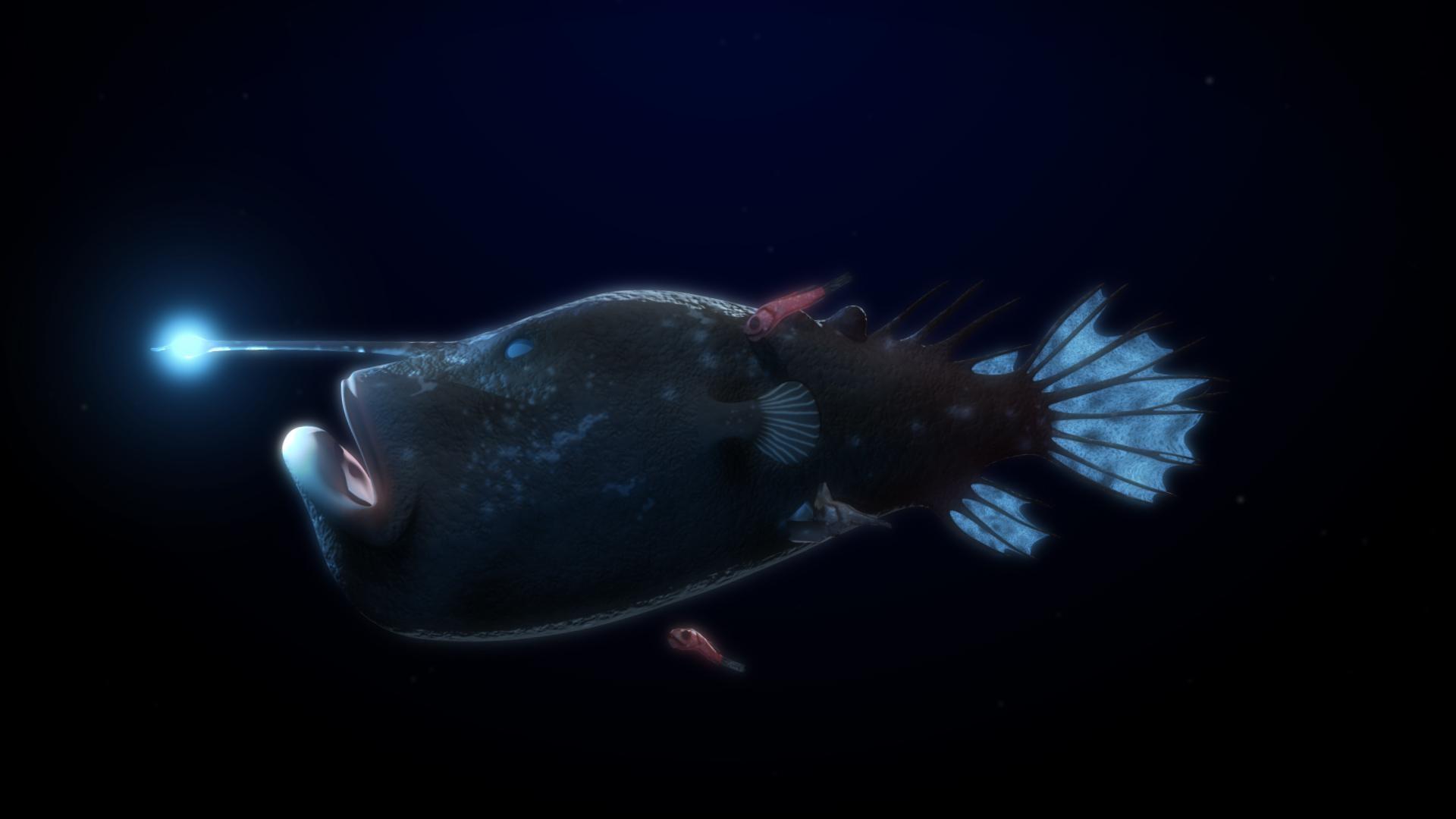
Changing Seas
Special Thanks:
Fairfield Inn & Suites
by Marriott Ft. Pierce
6502 Metal Drive
Ft. Pierce, FL 34945
(772) 462-2900
Image Credits
Changing Seas would like to thank the following individuals and institutions who kindly allowed their footage, images and other media to be used in this production:
Anna DeLoach
Ned DeLoach
Grant Gilmore
Chris Koenig
NOAA’s Sustainable Seas Expedition, 2001
ORA
Bill Parks
Special Thanks:
Anna DeLoach
Paul Humann
Theodore Pietsch
Bill Tyler
Web Extras
Funding for this episode of Changing Seas was provided by:



